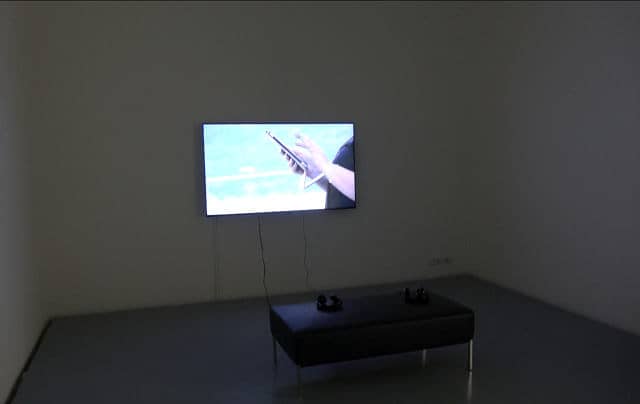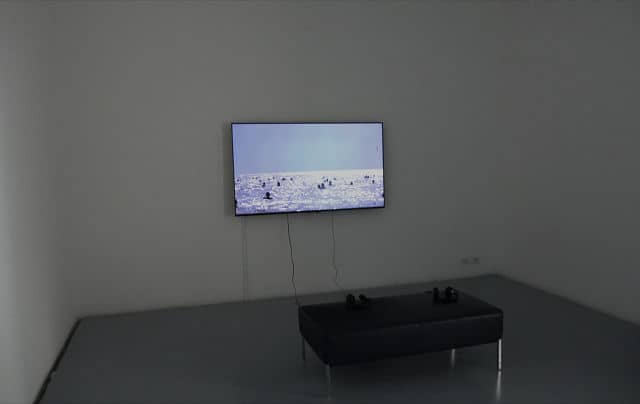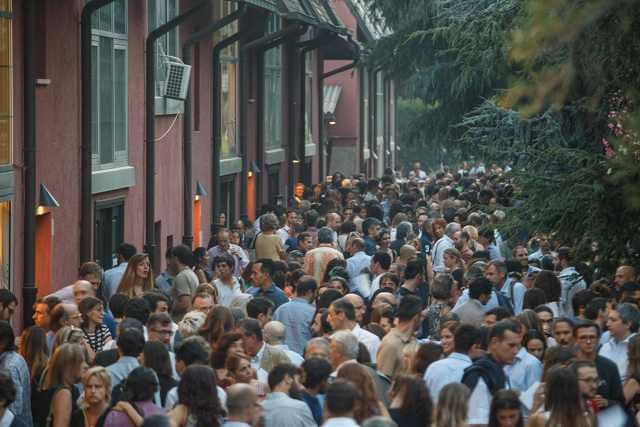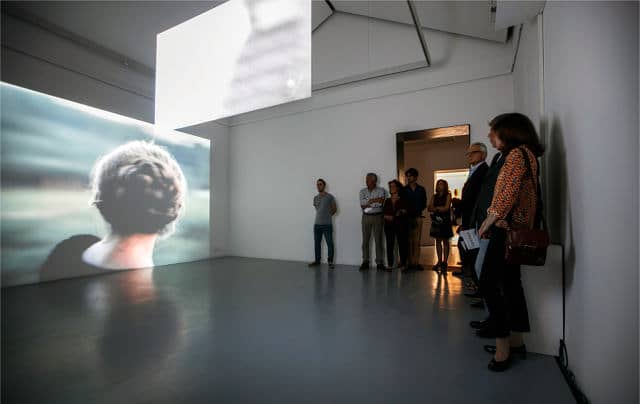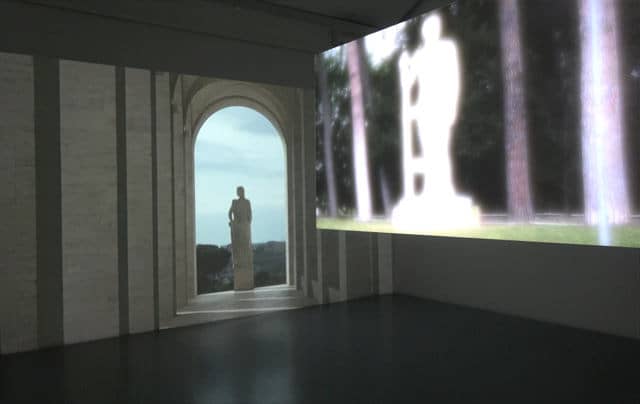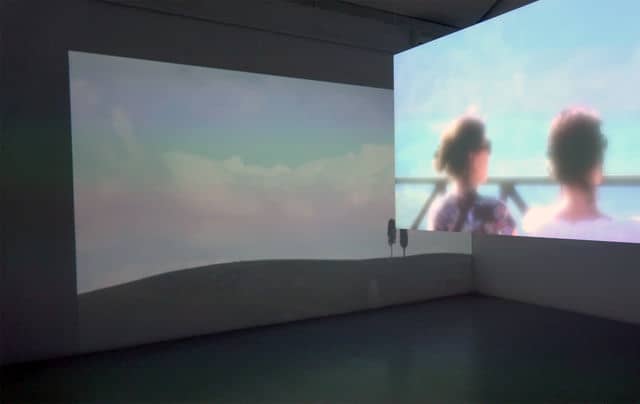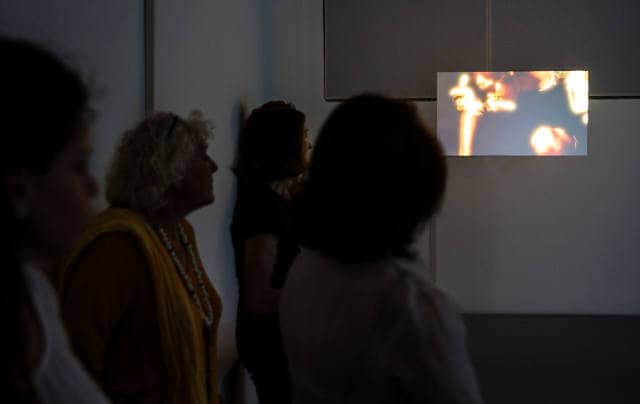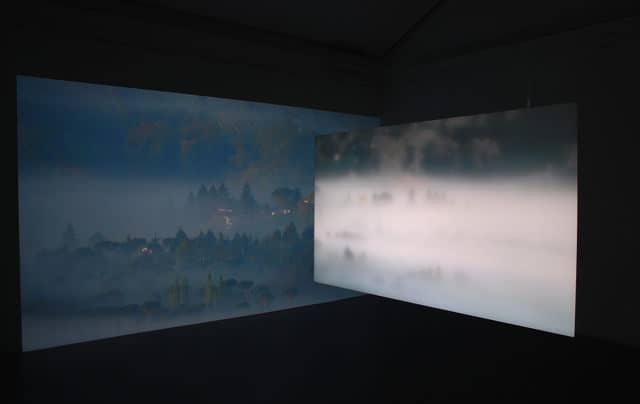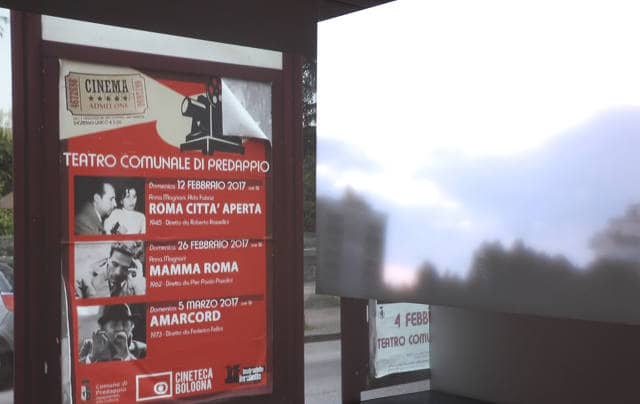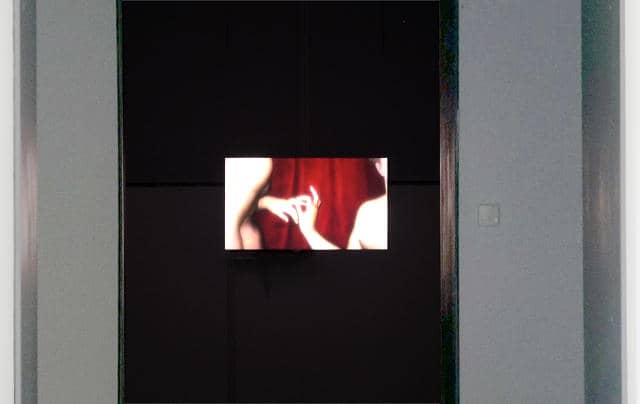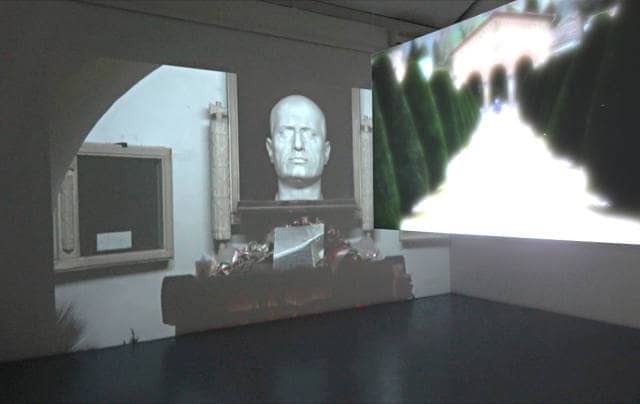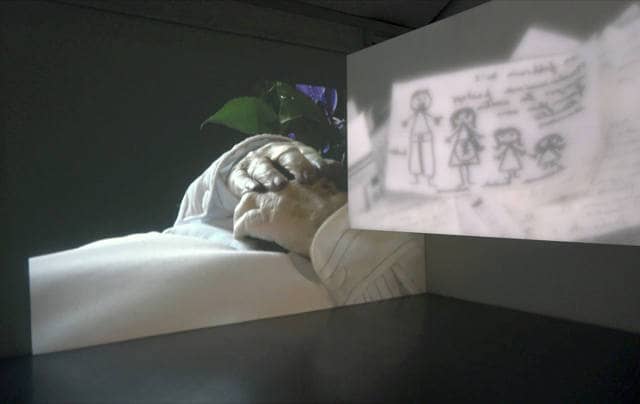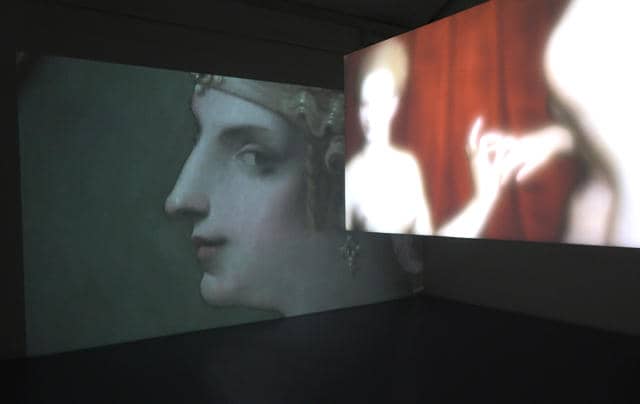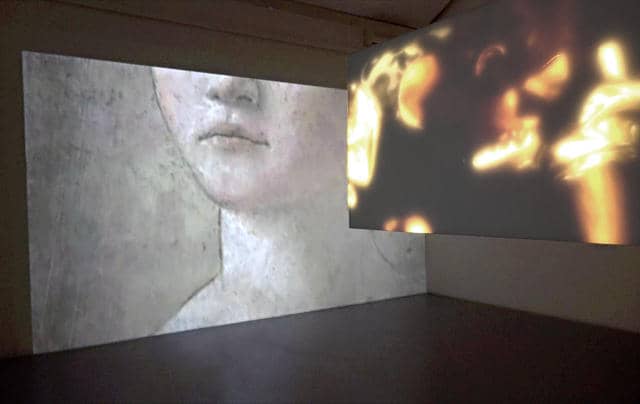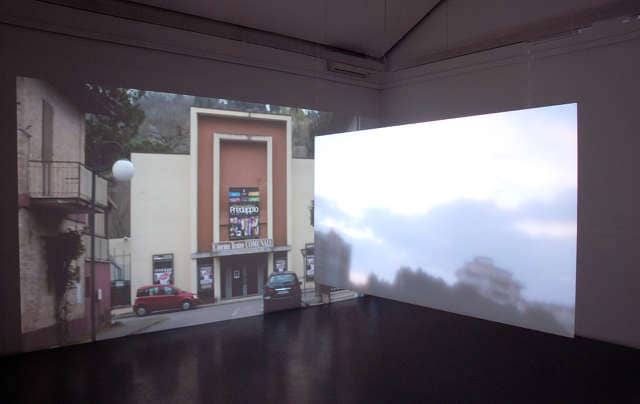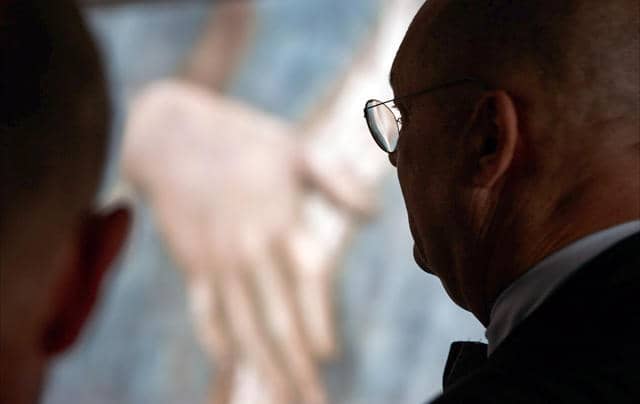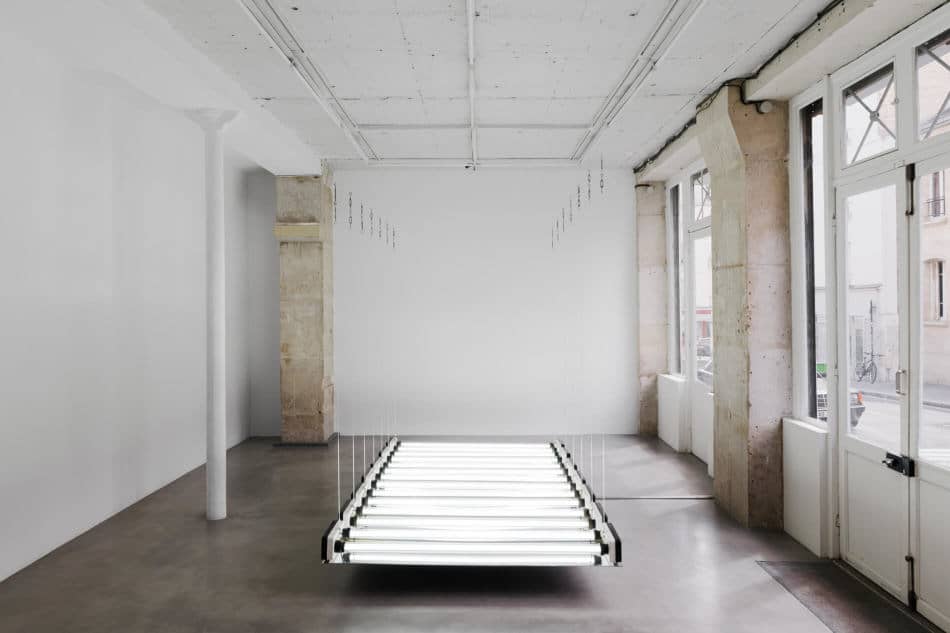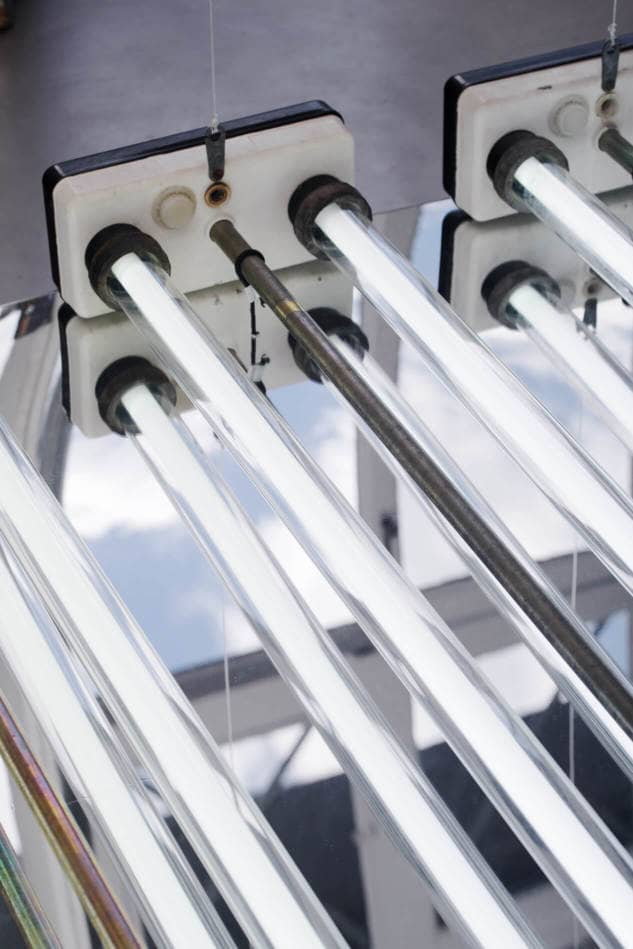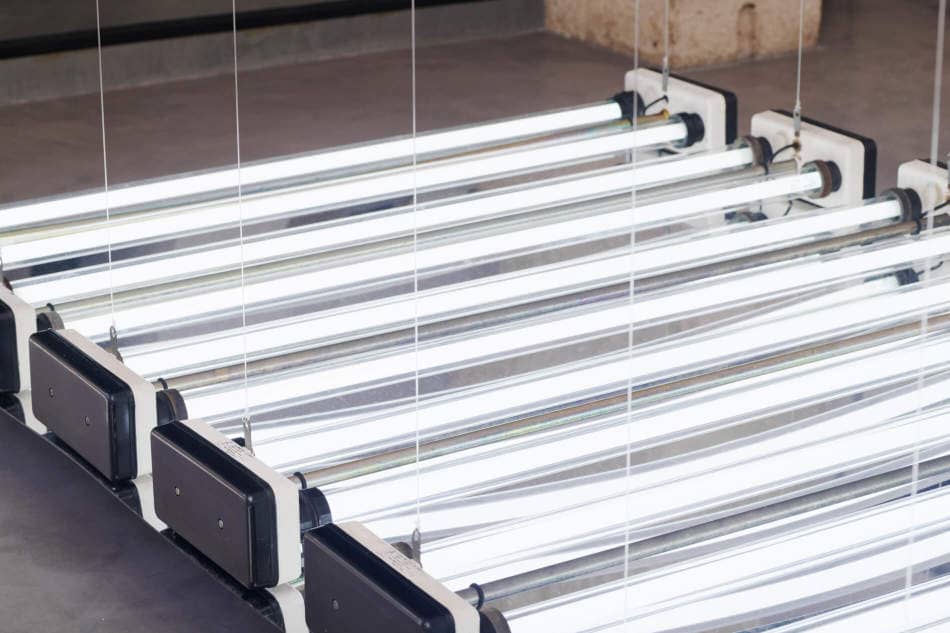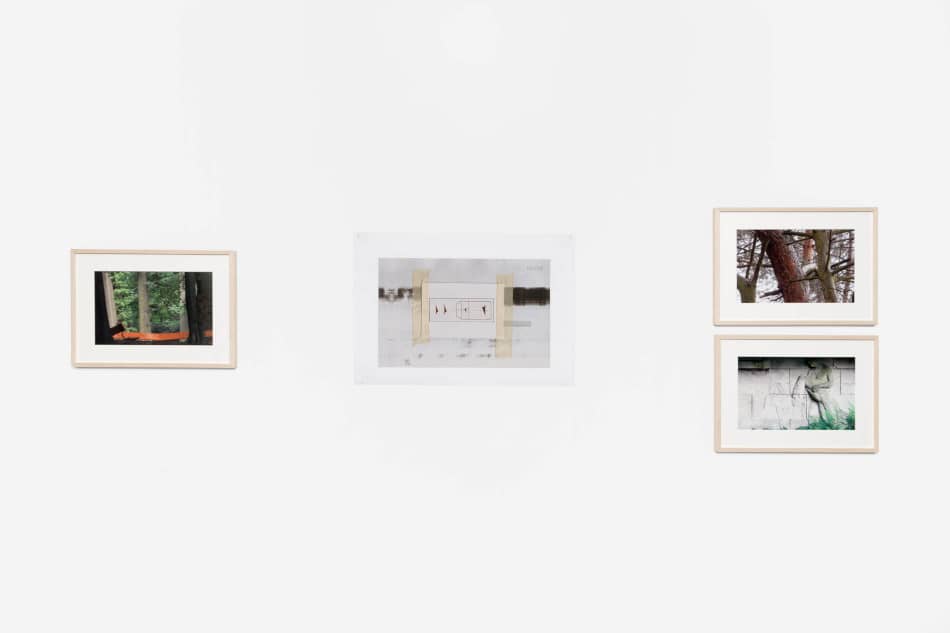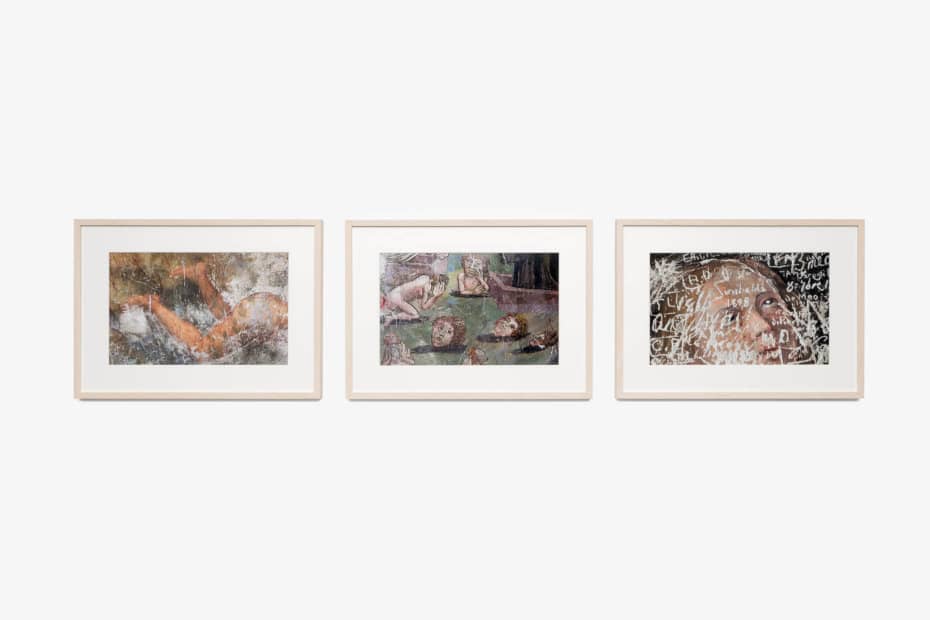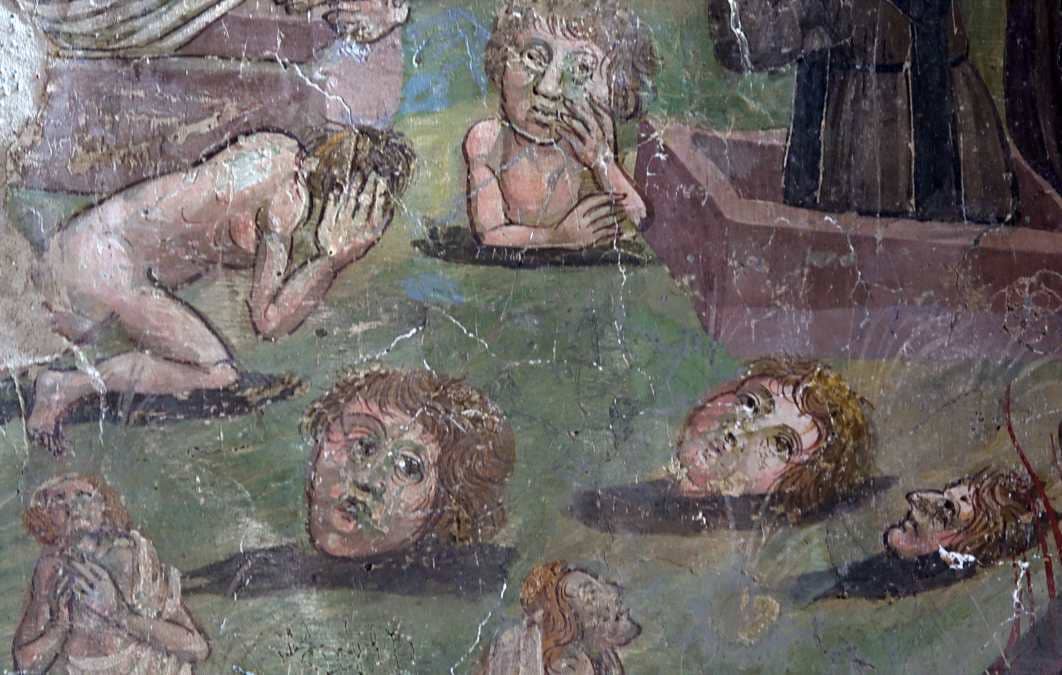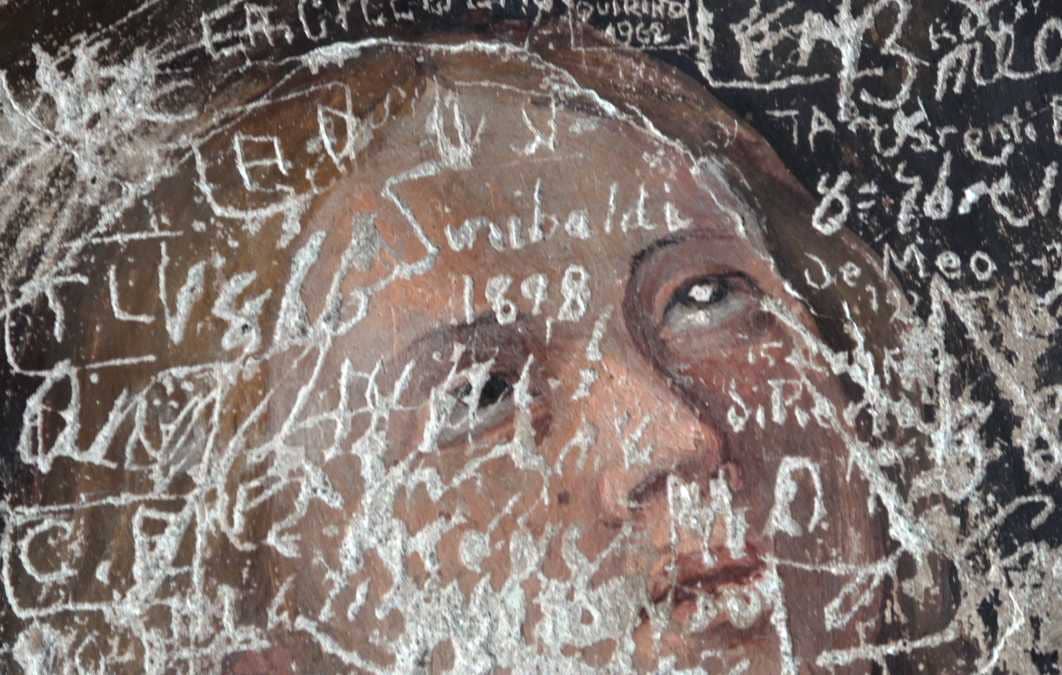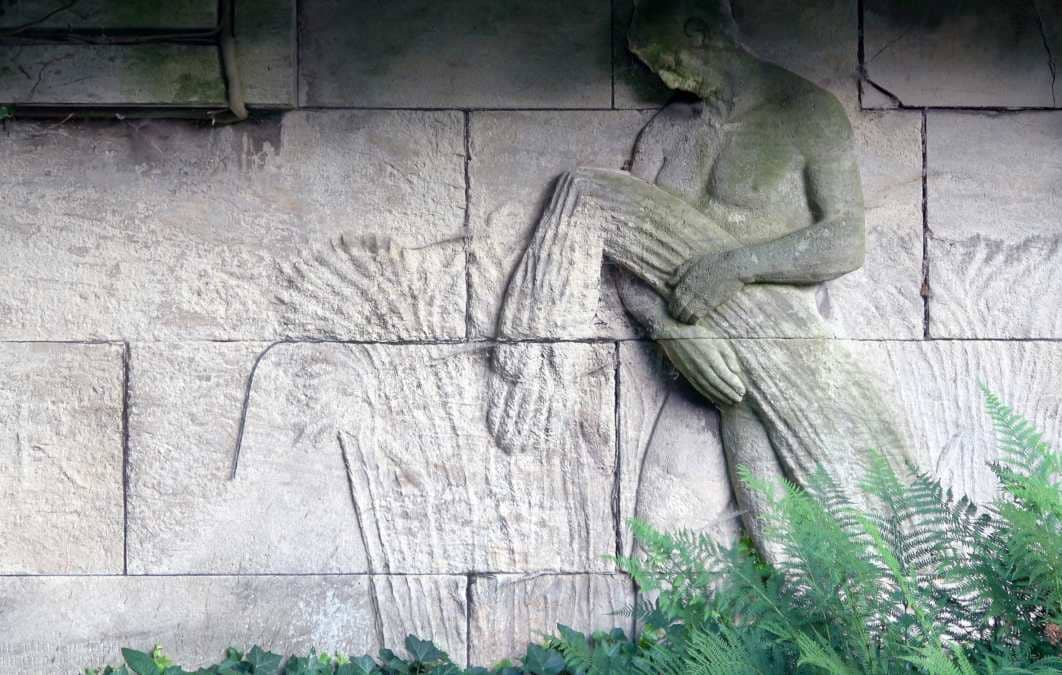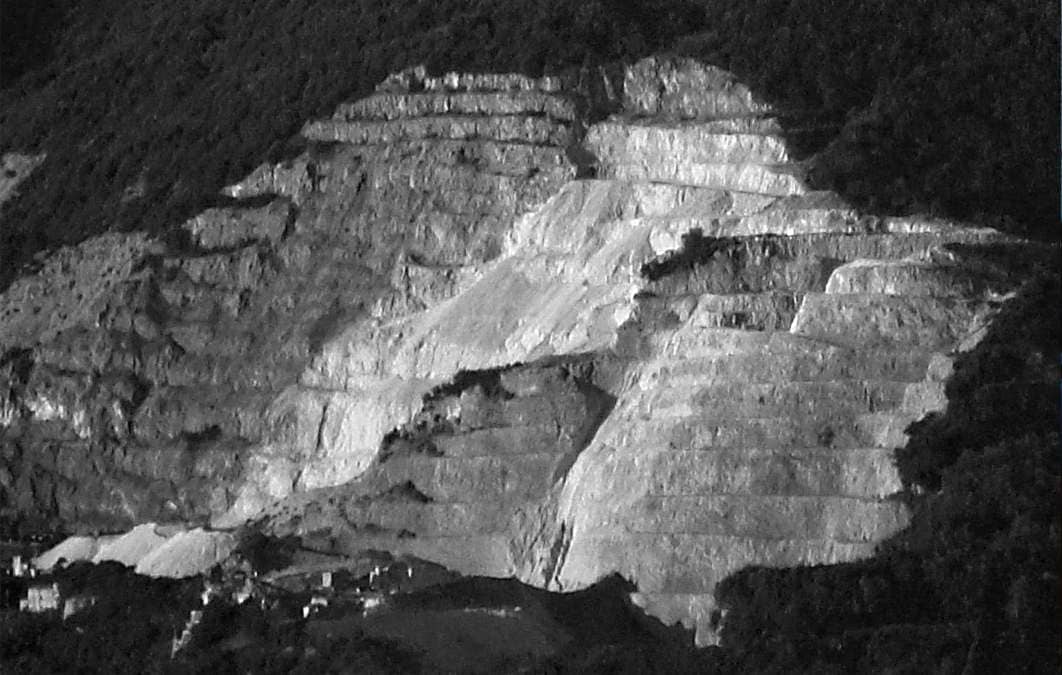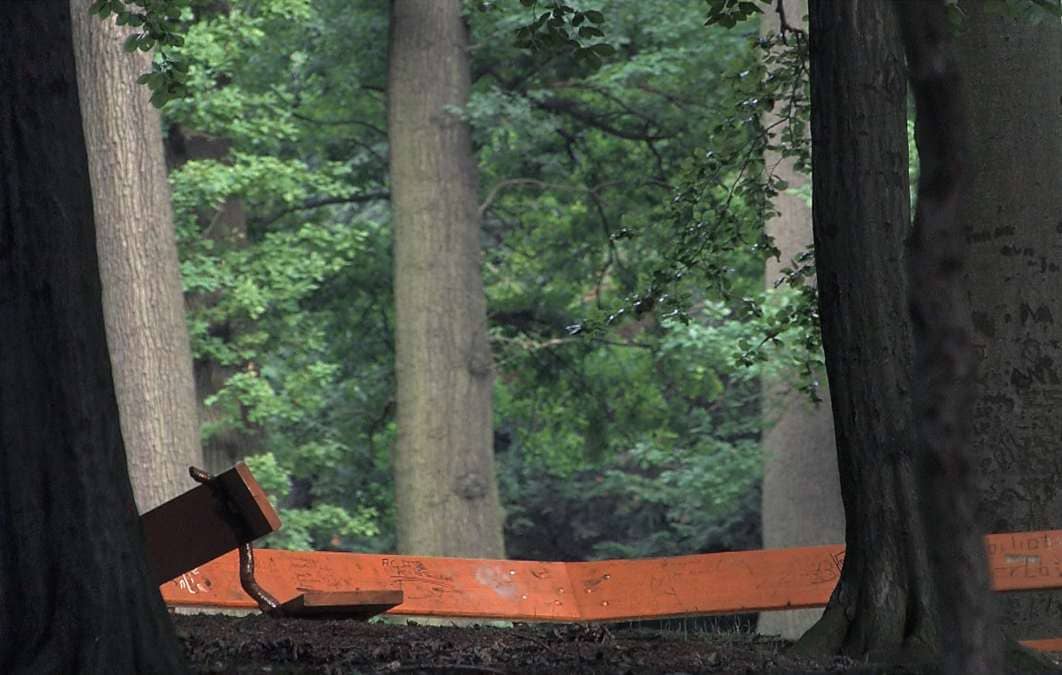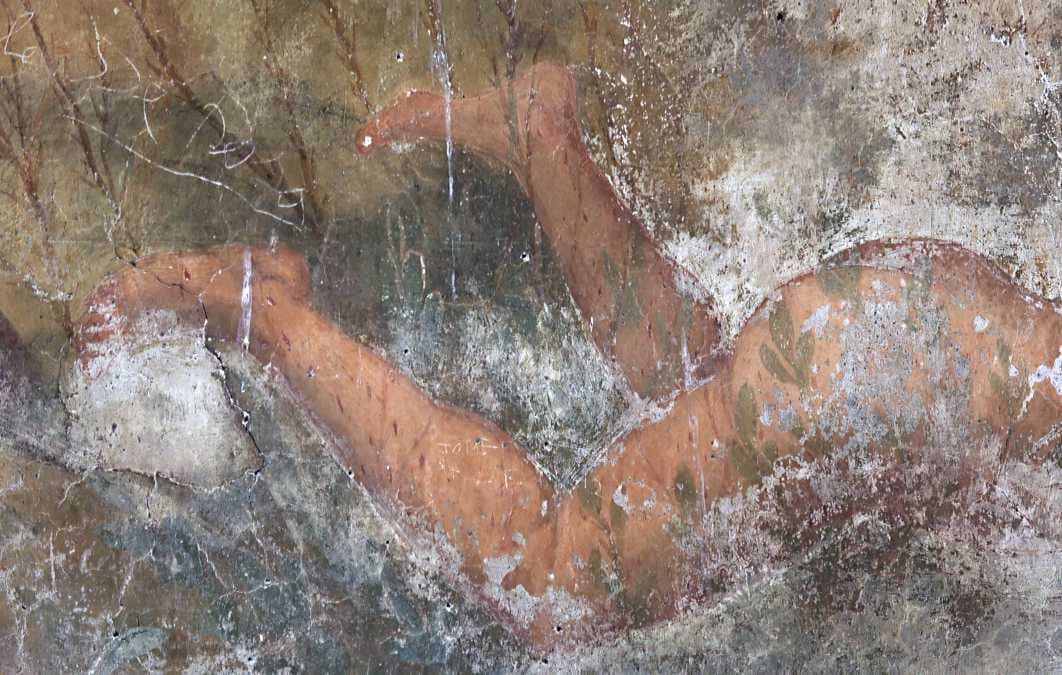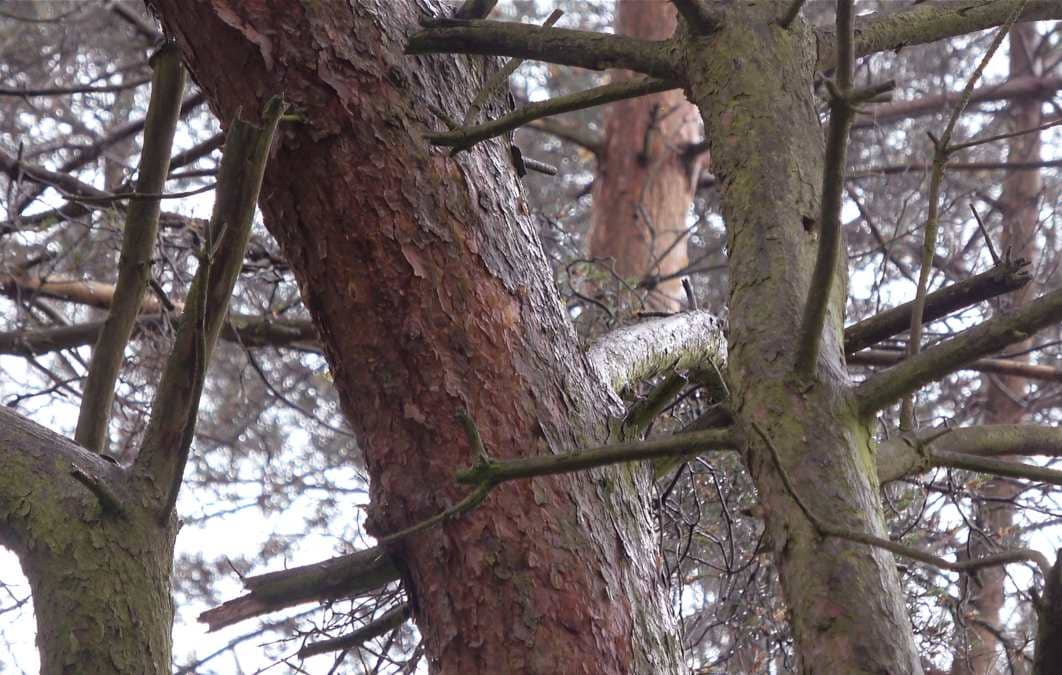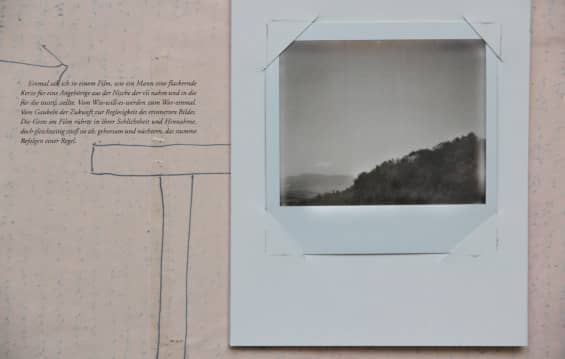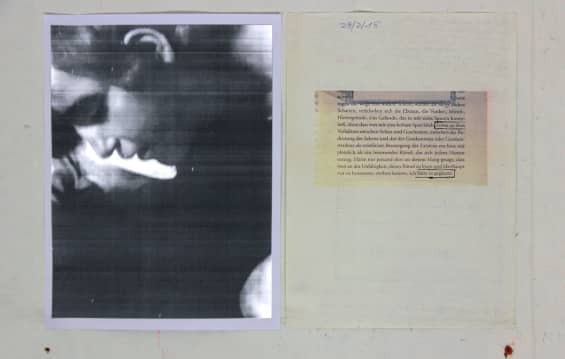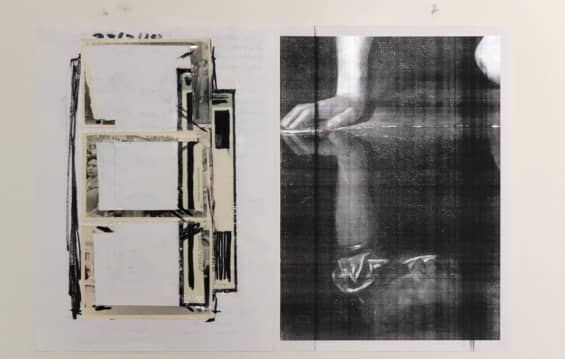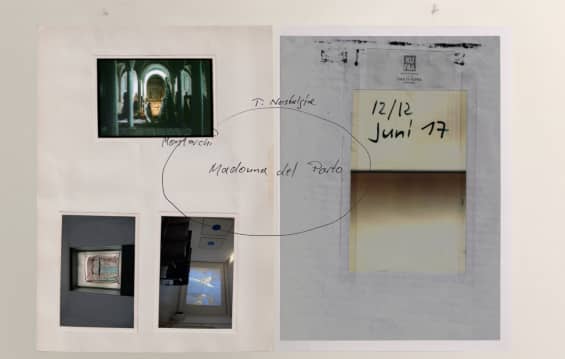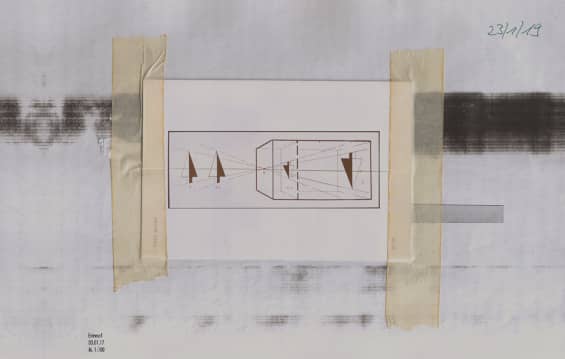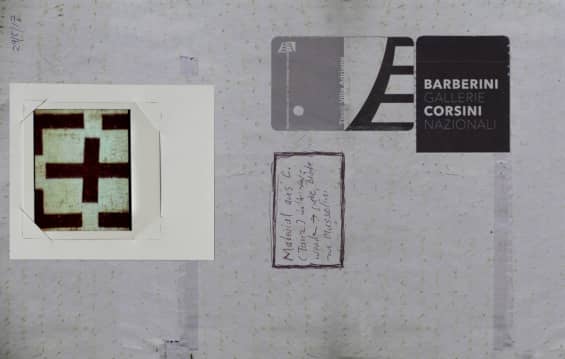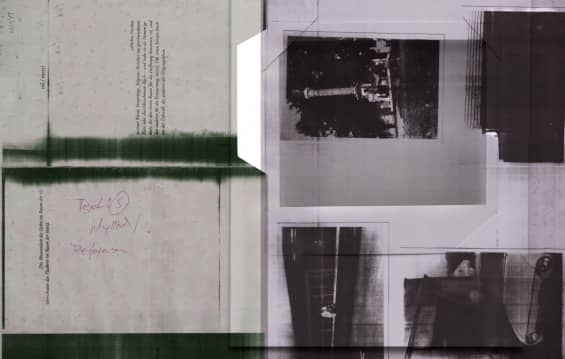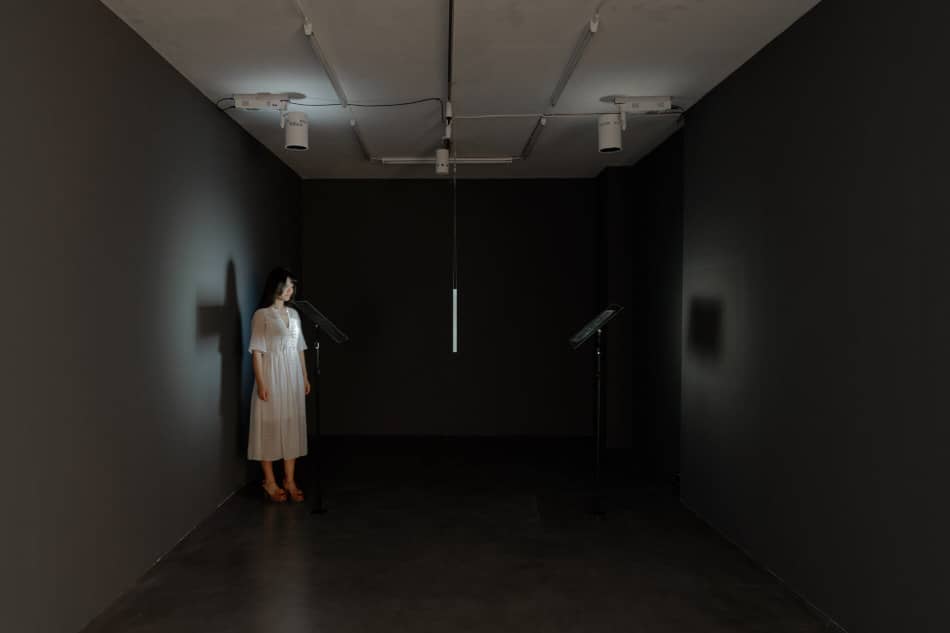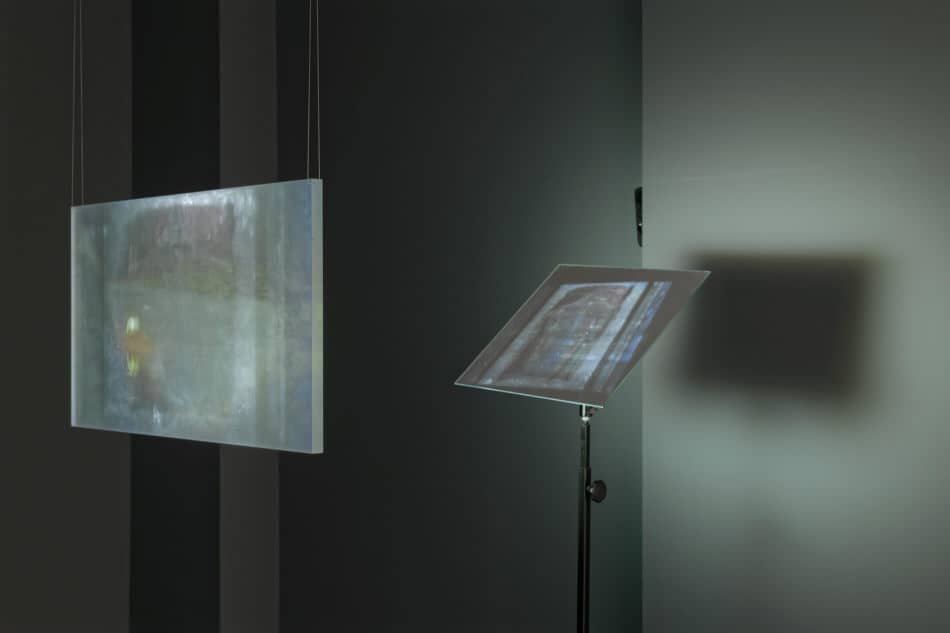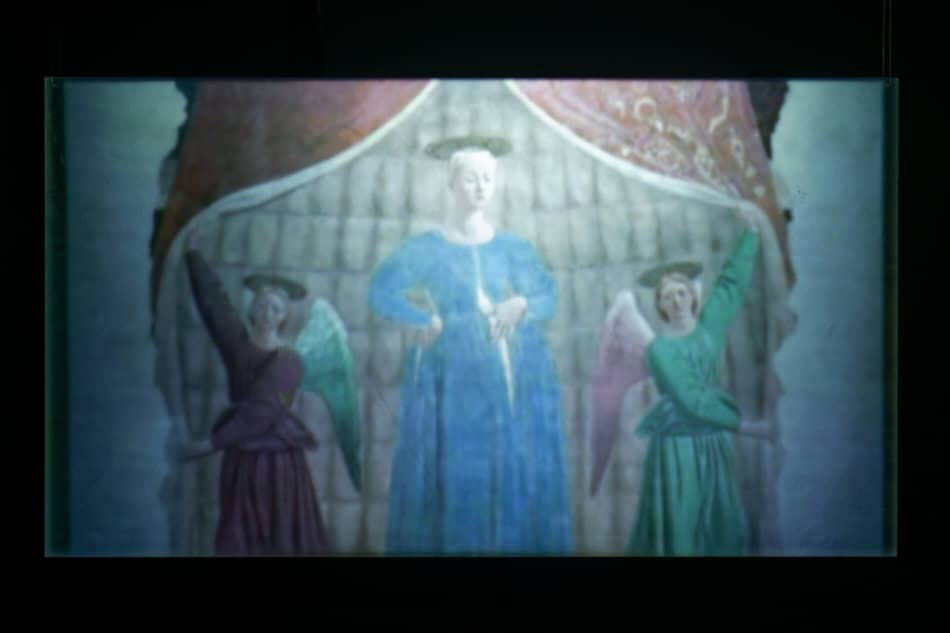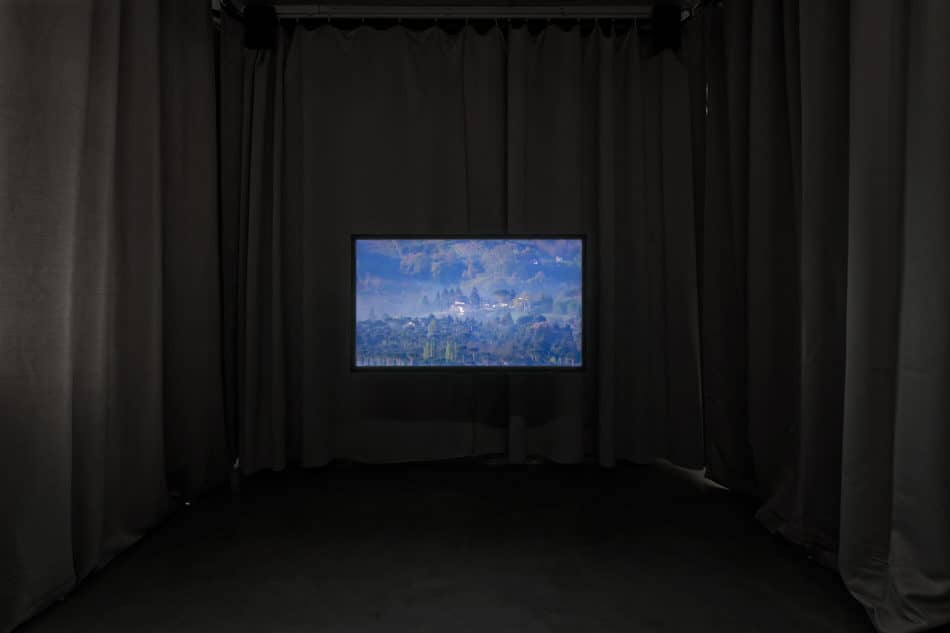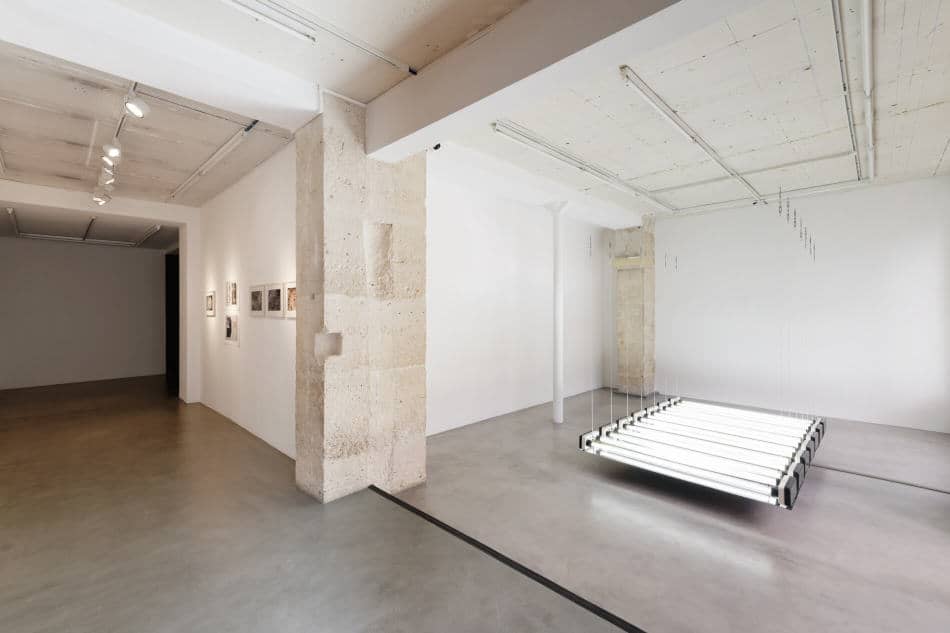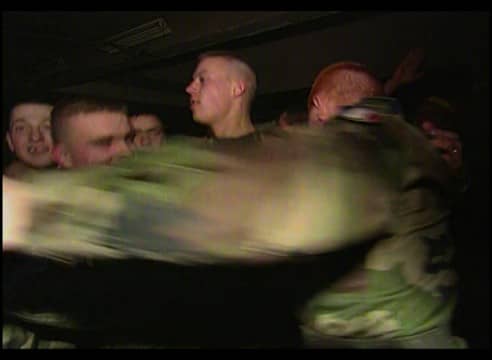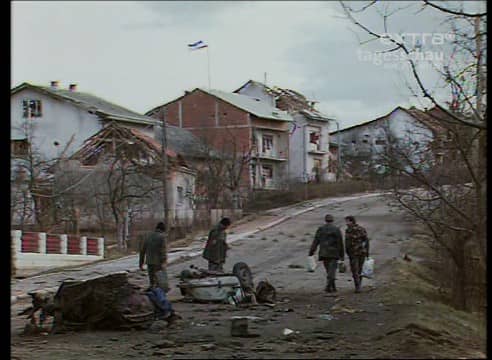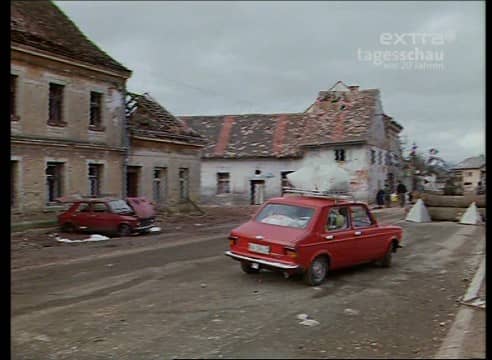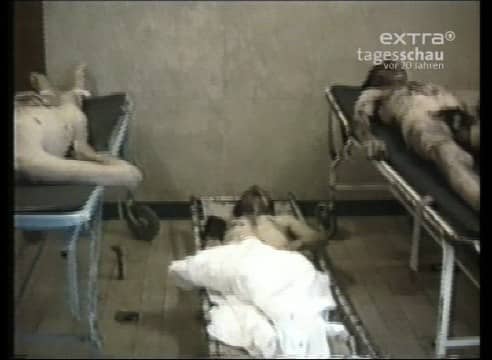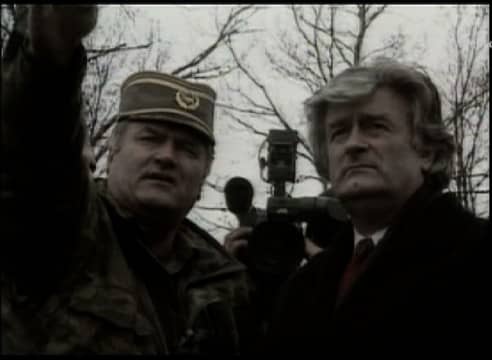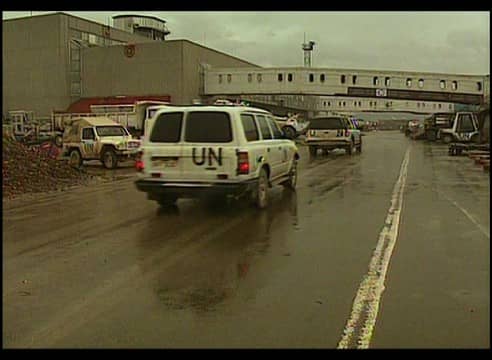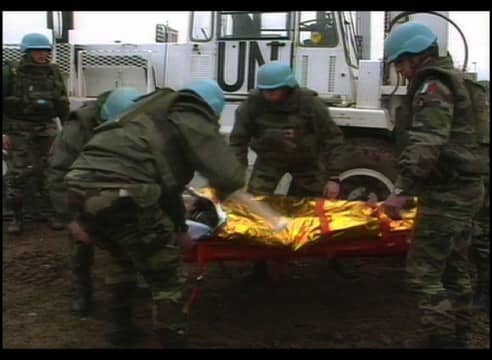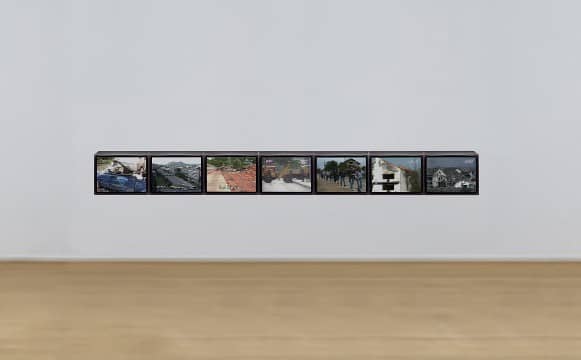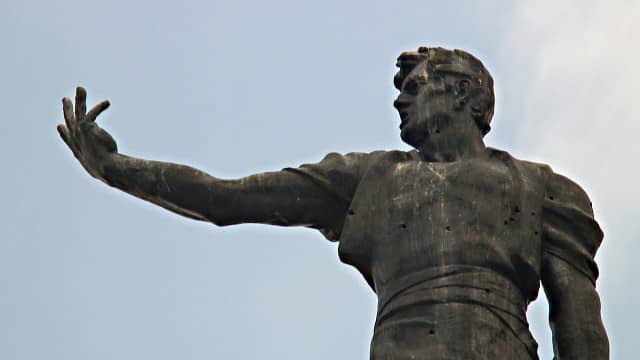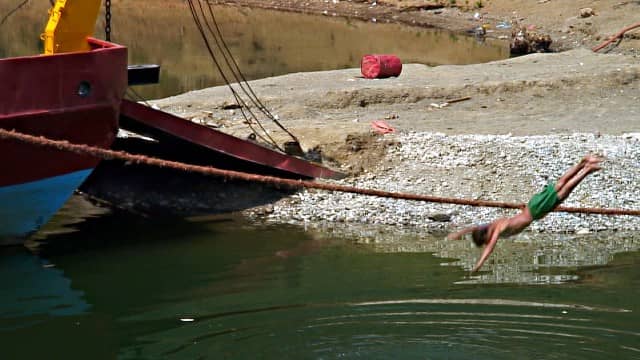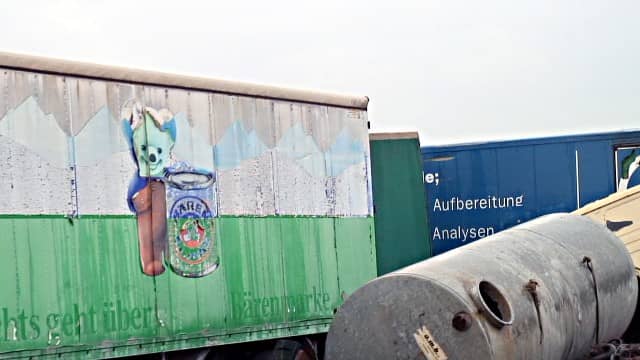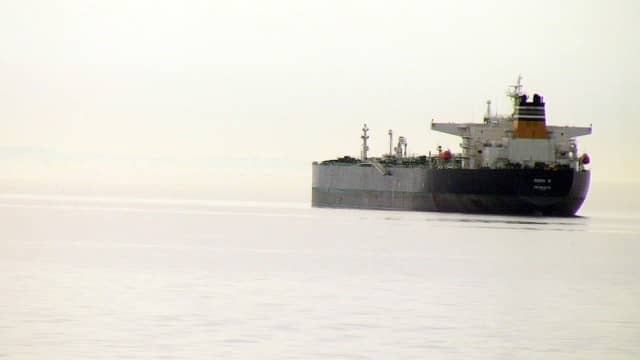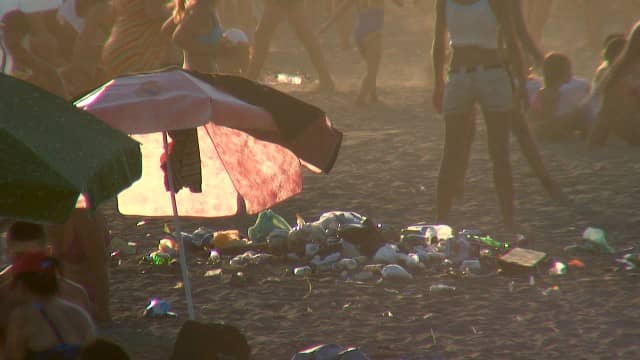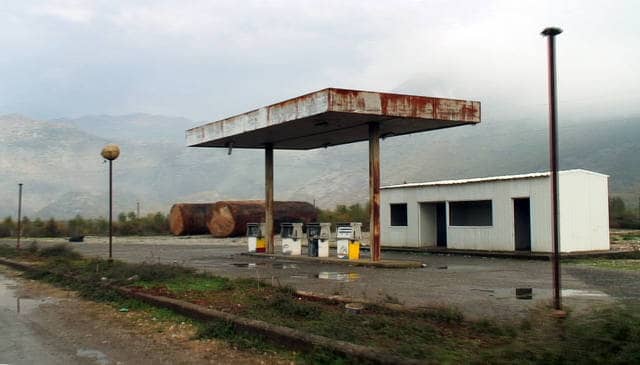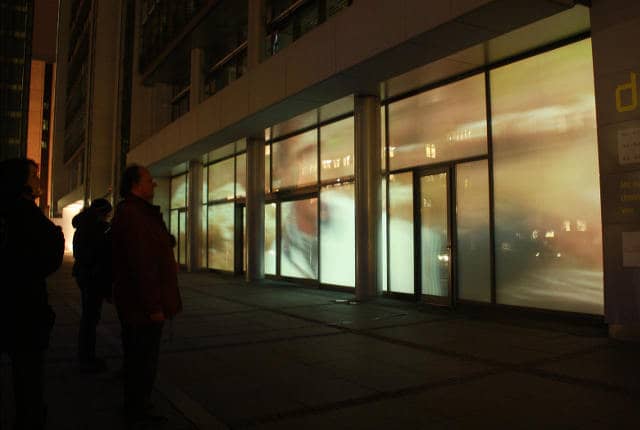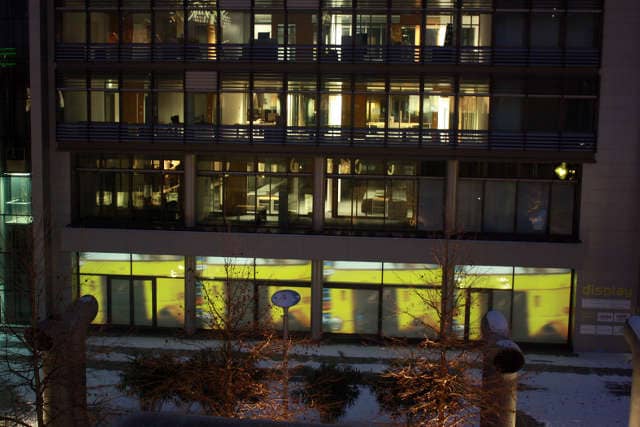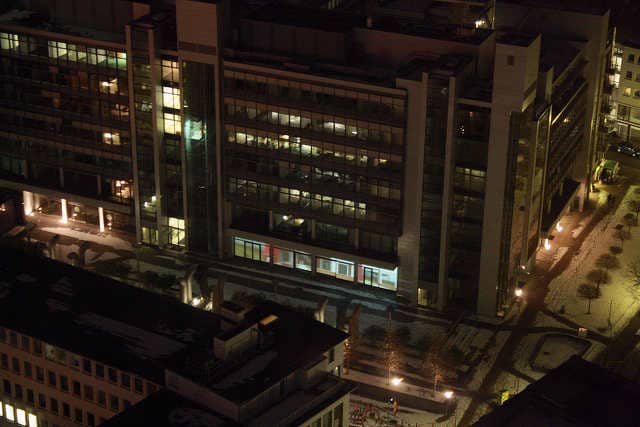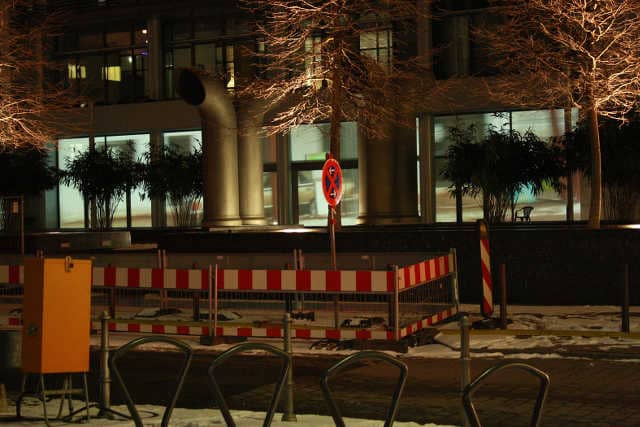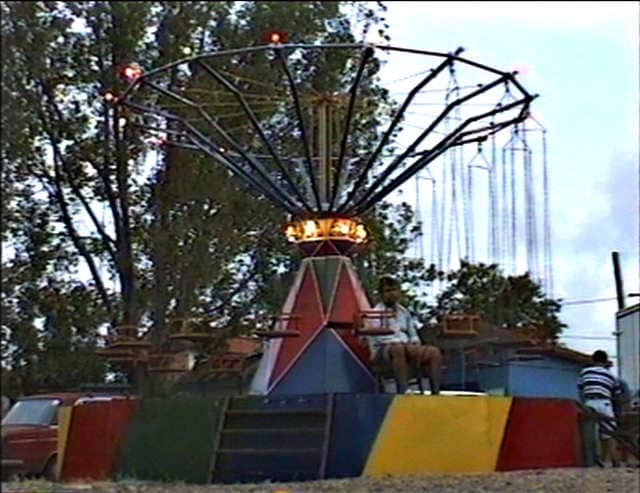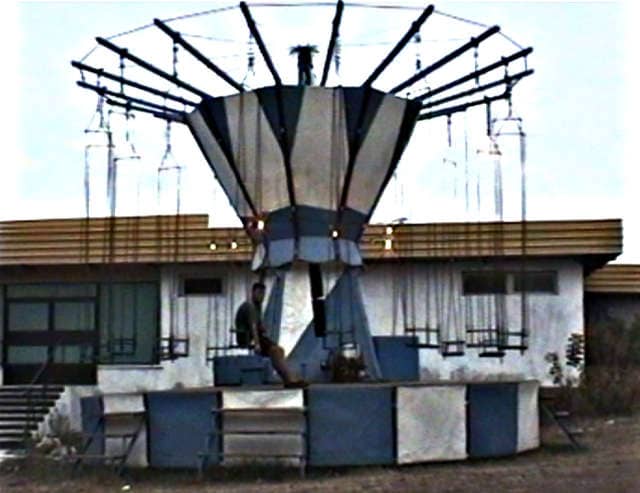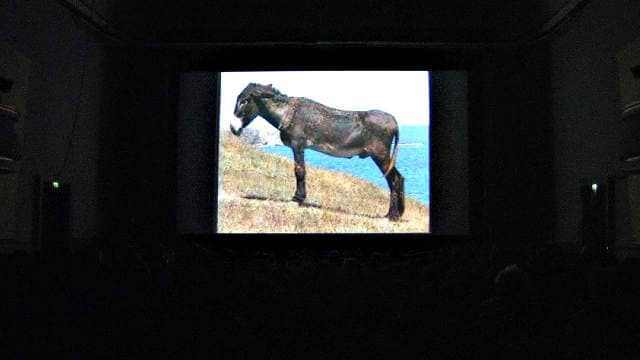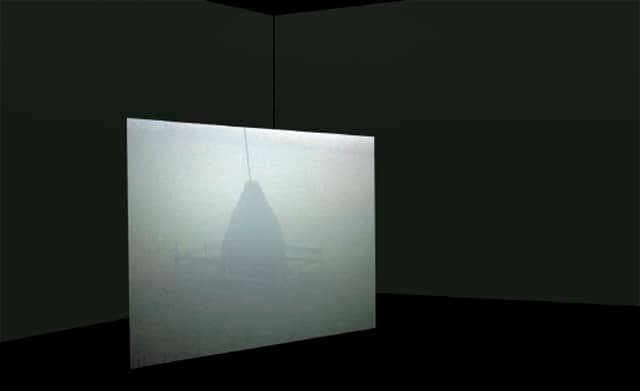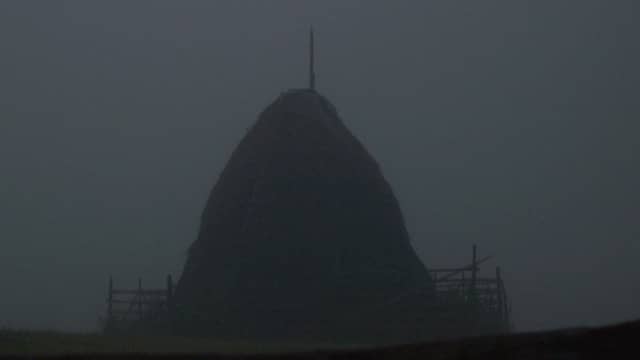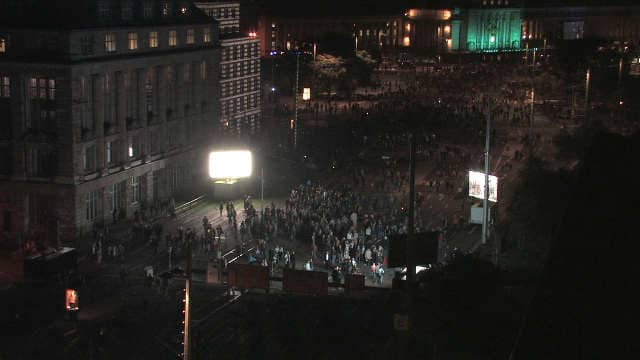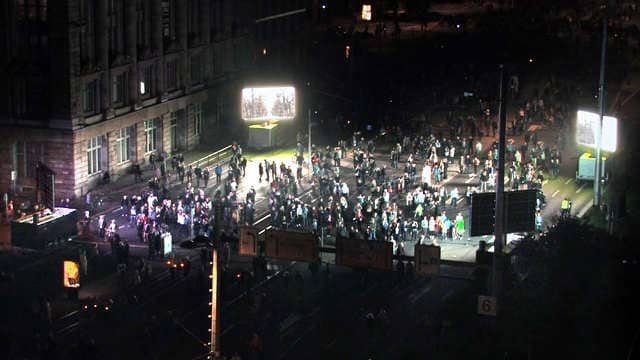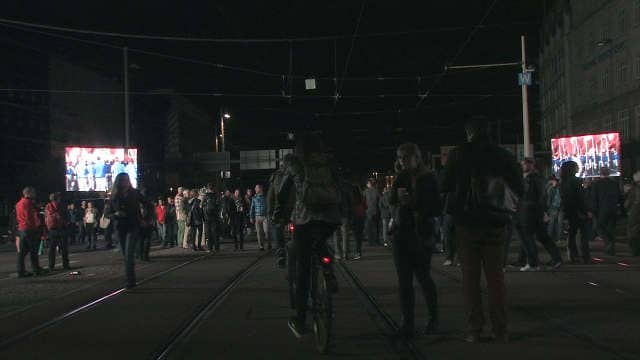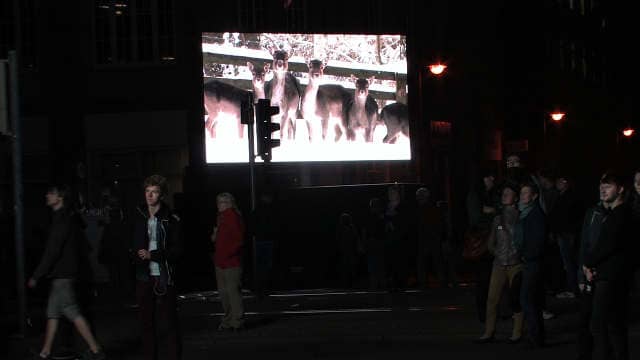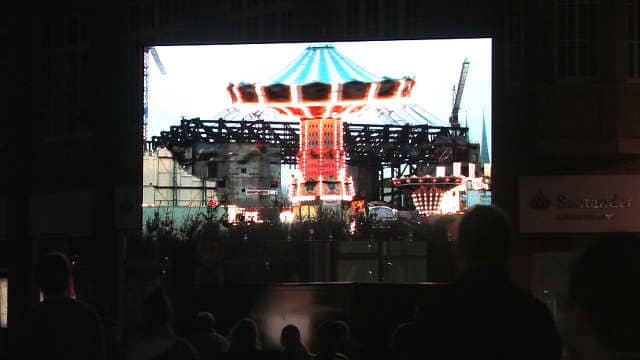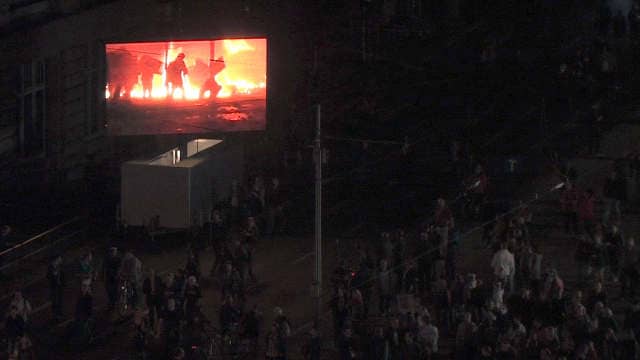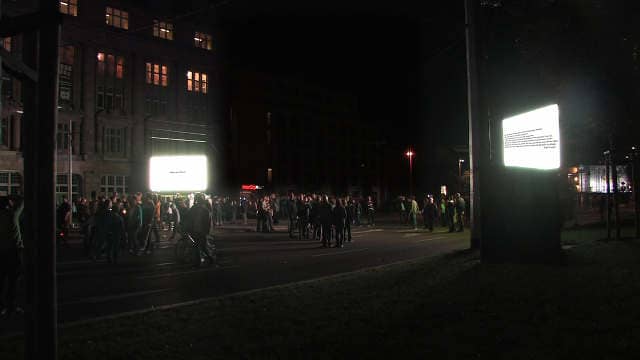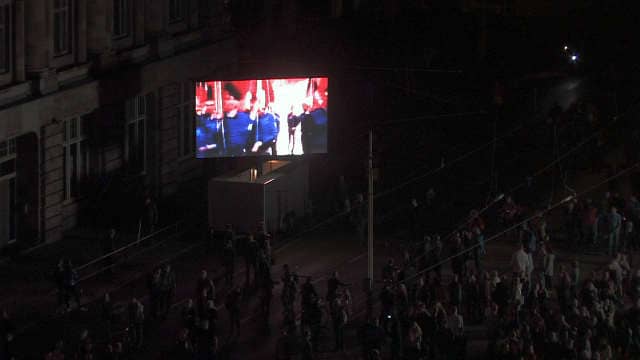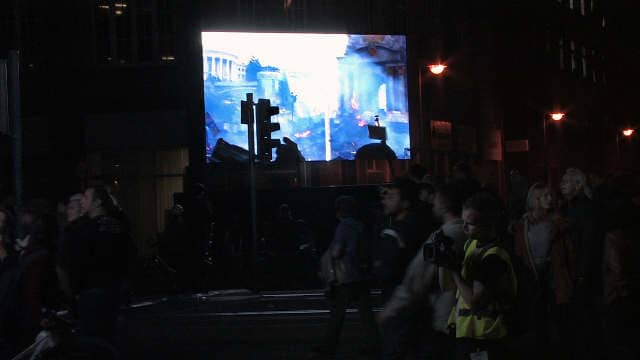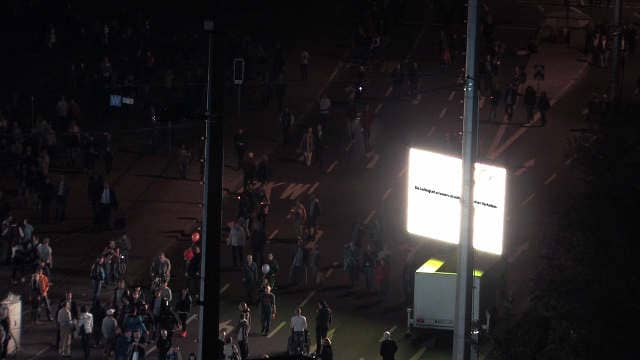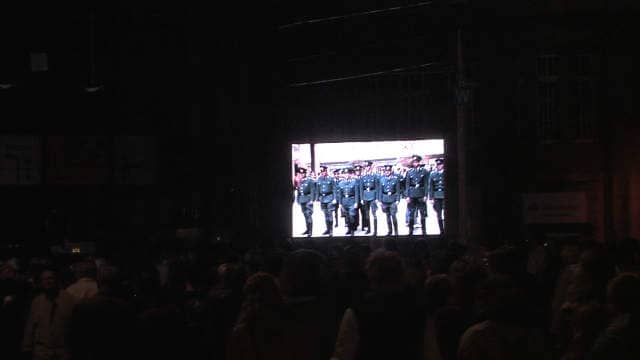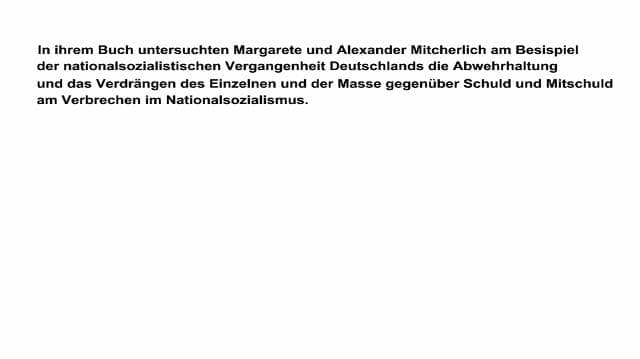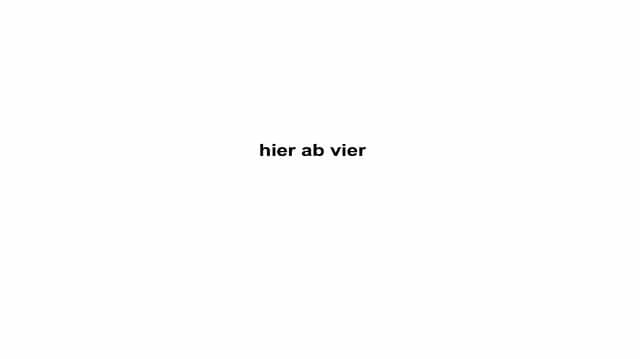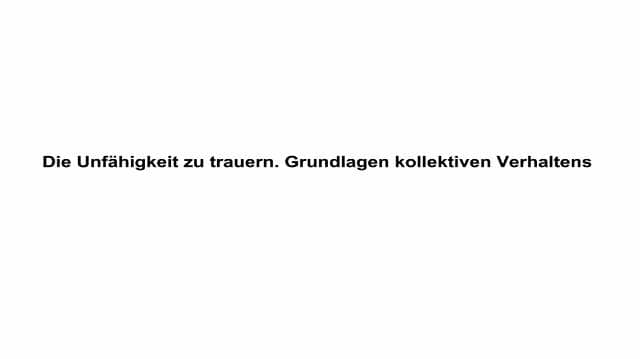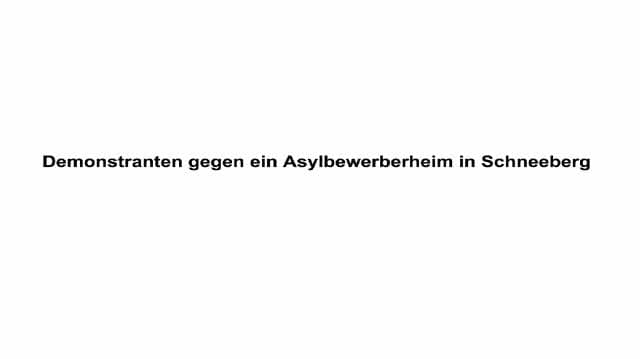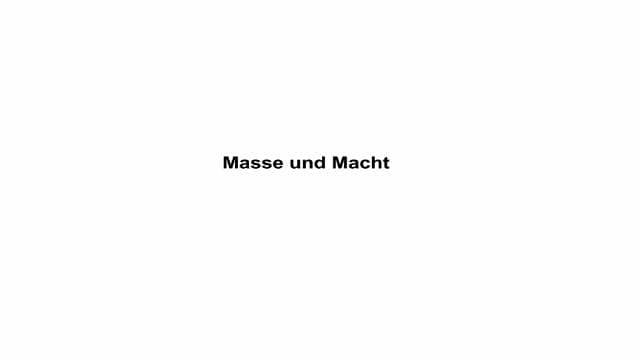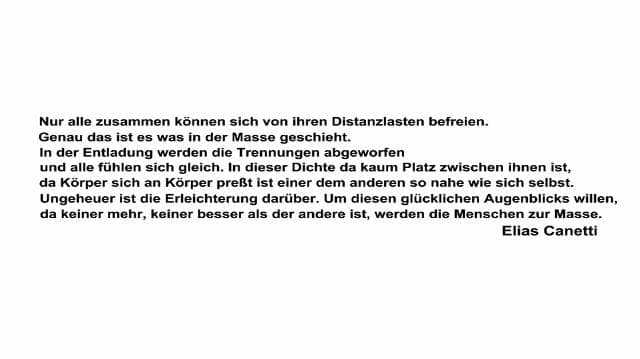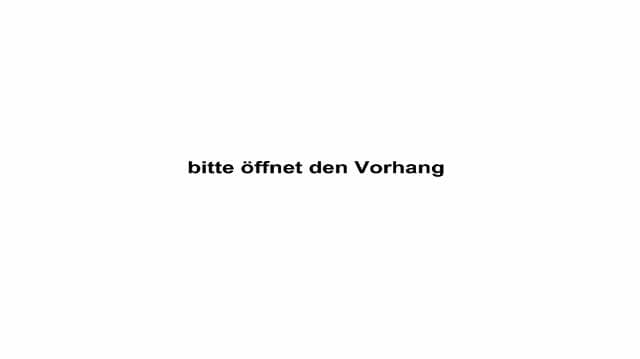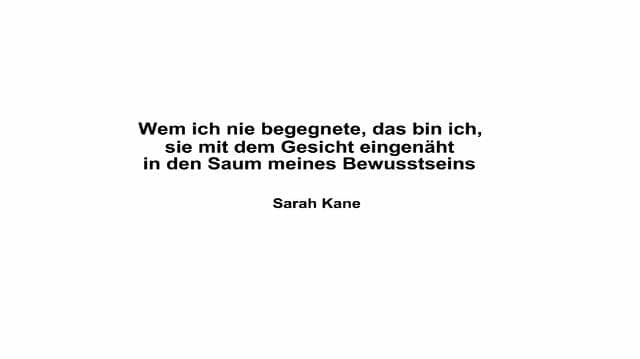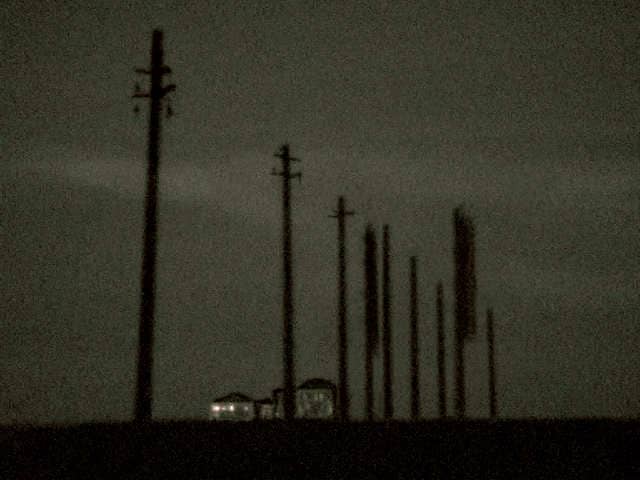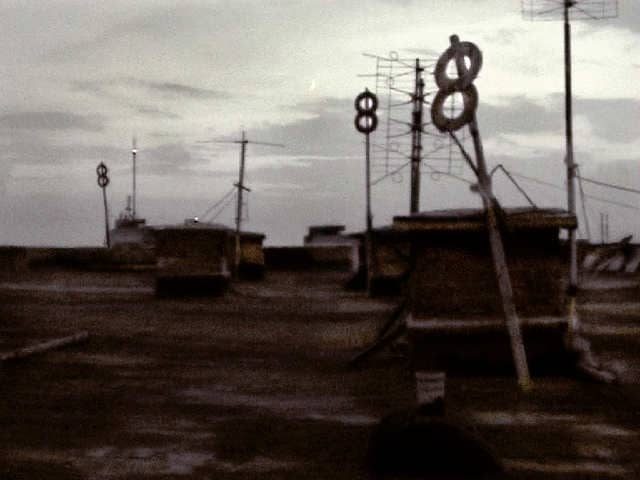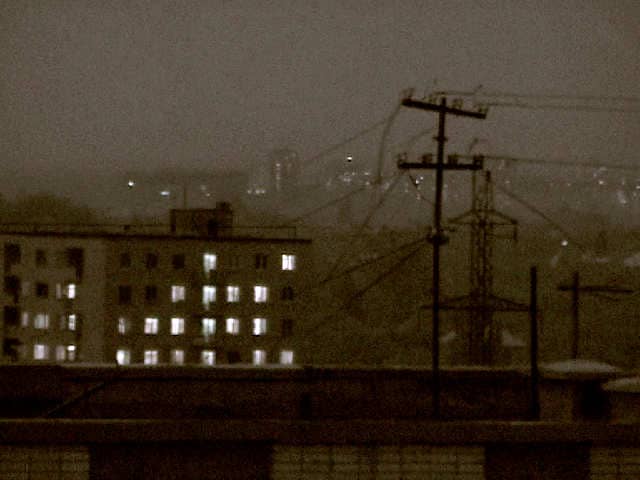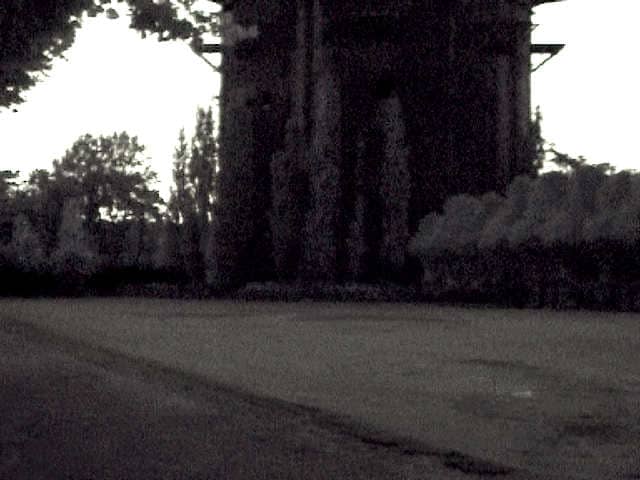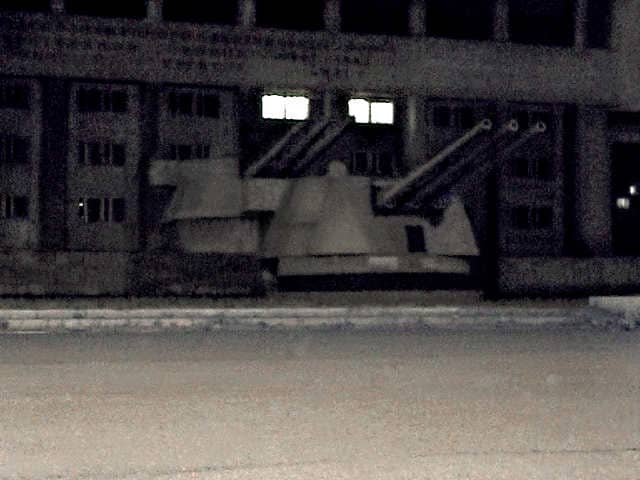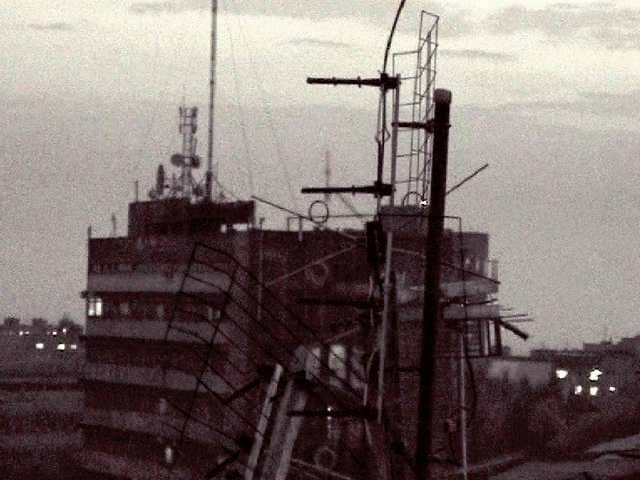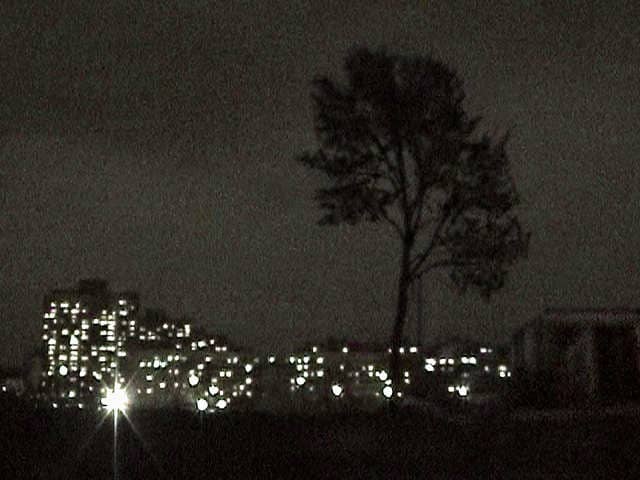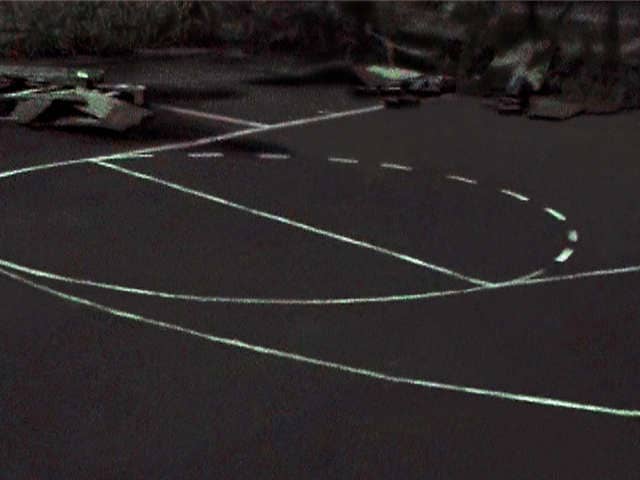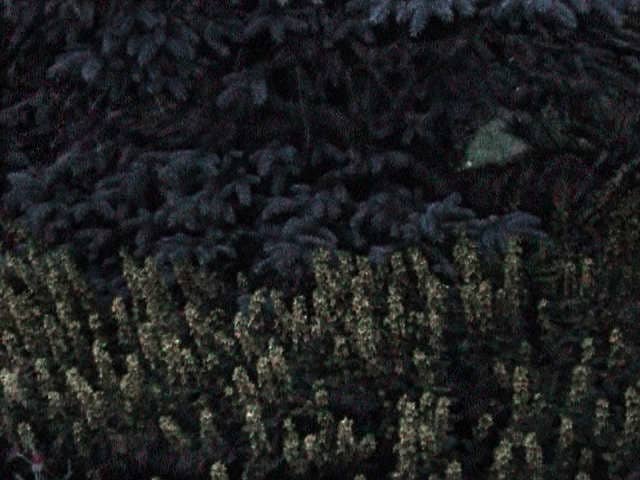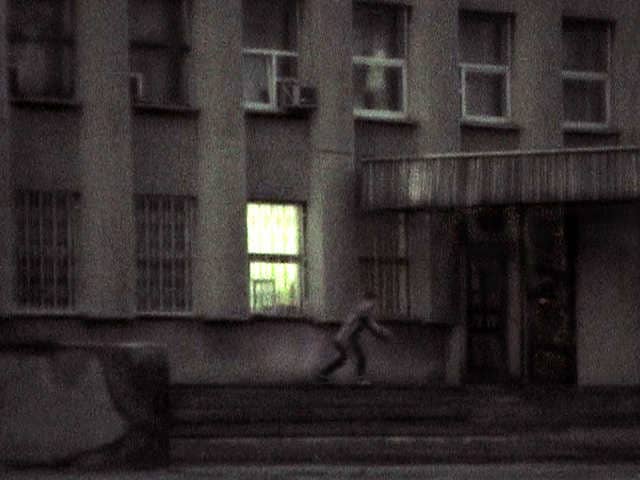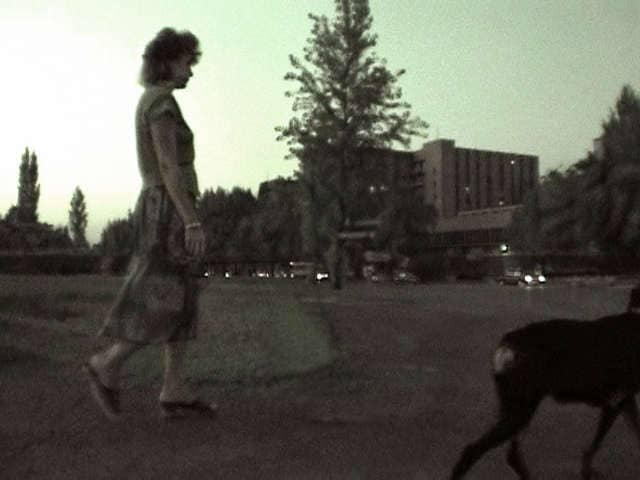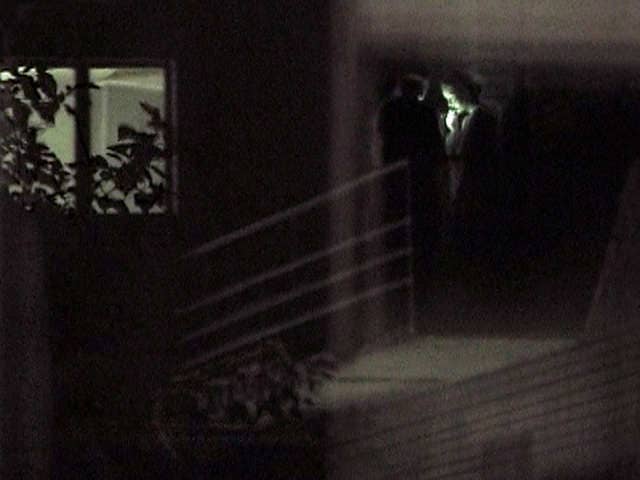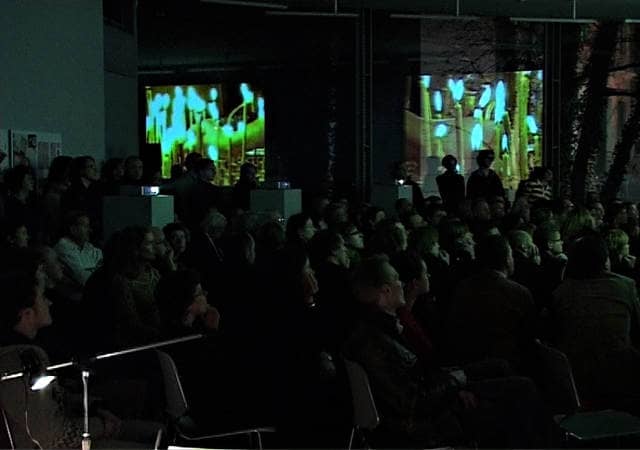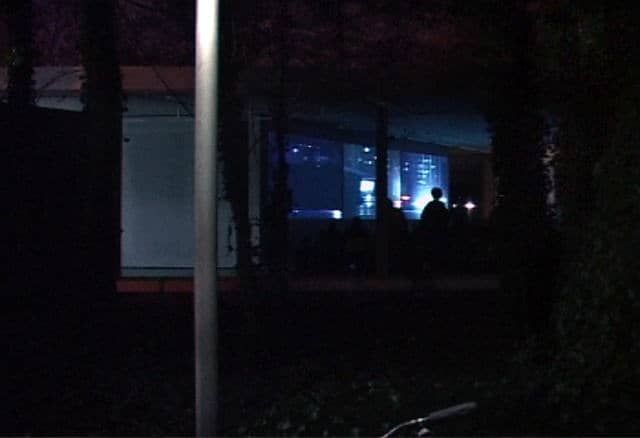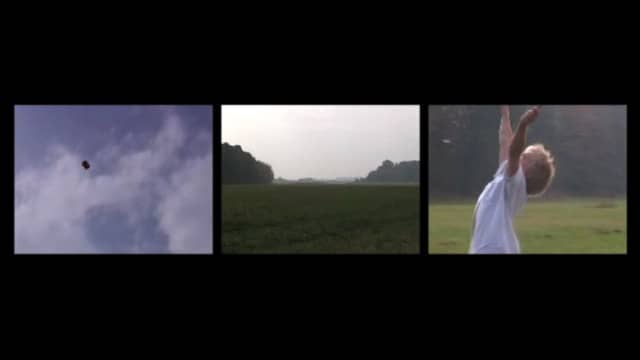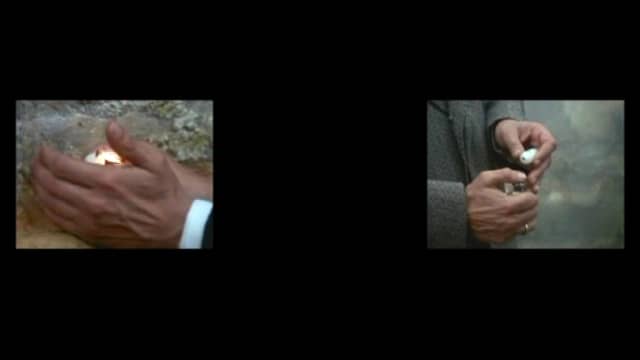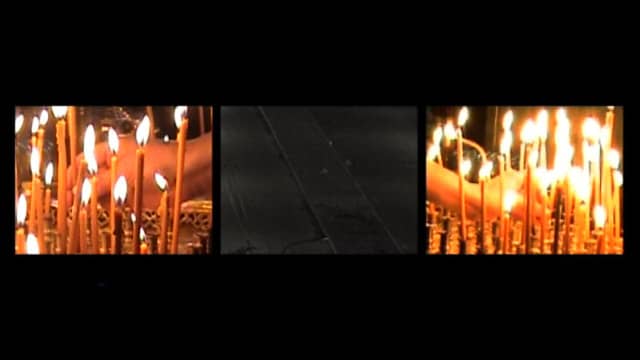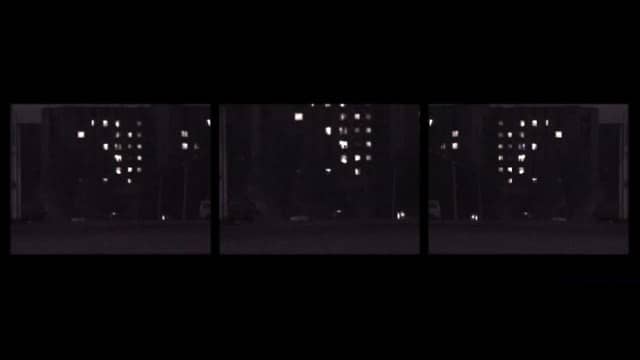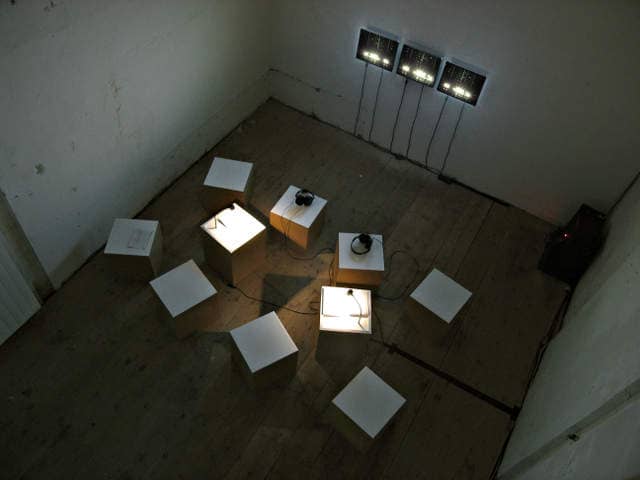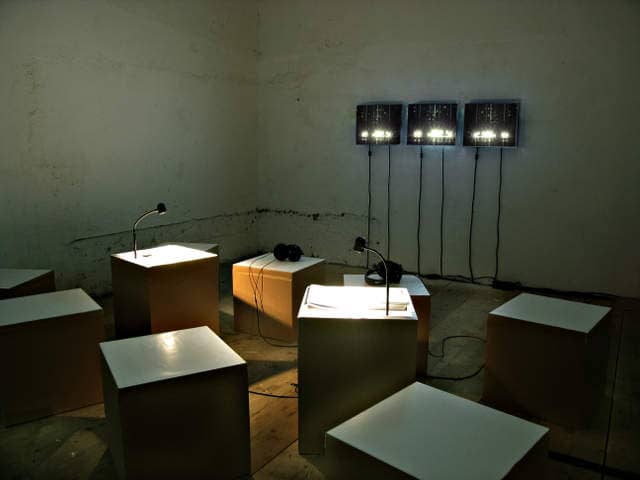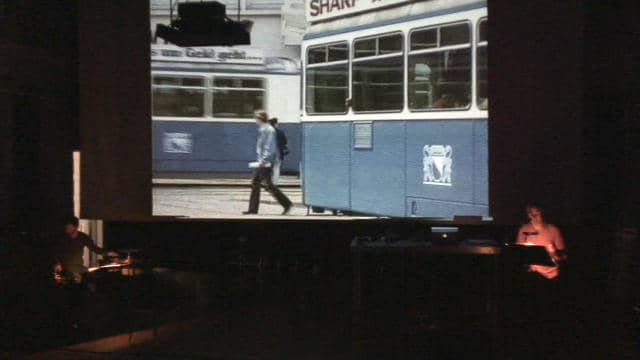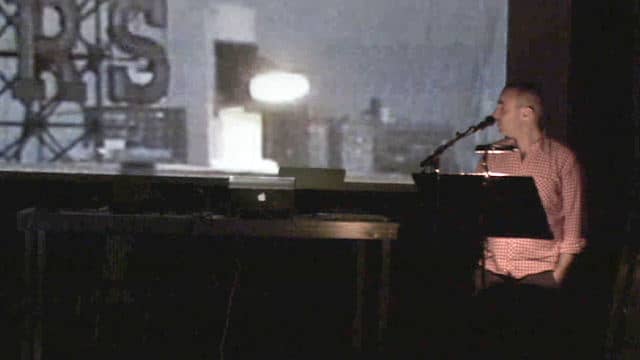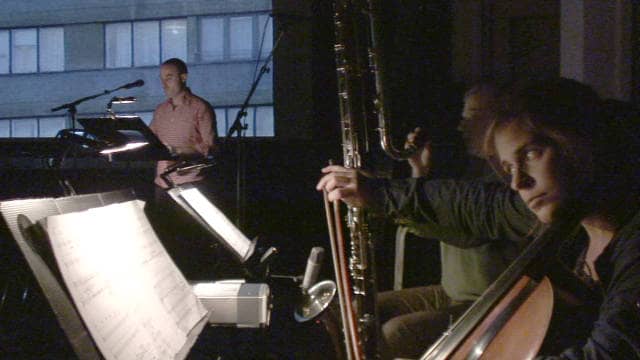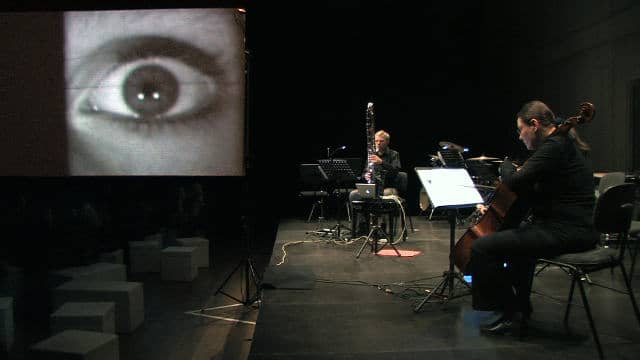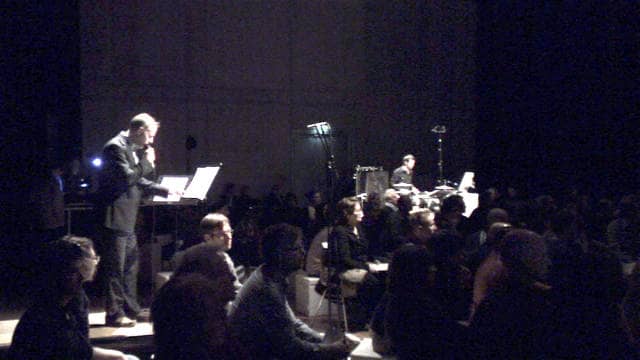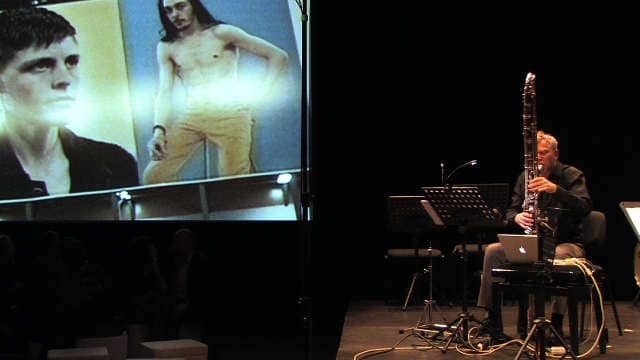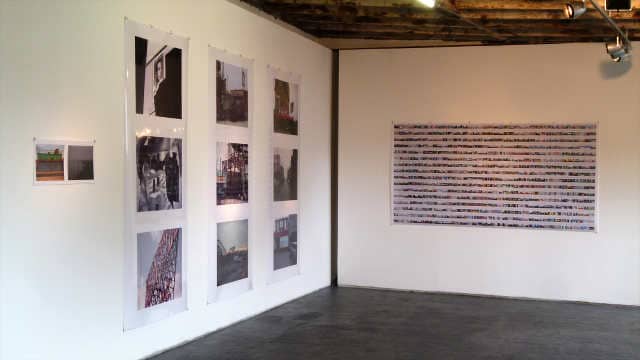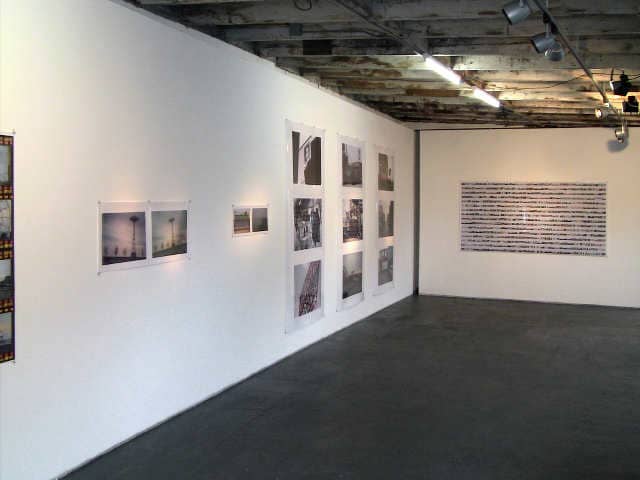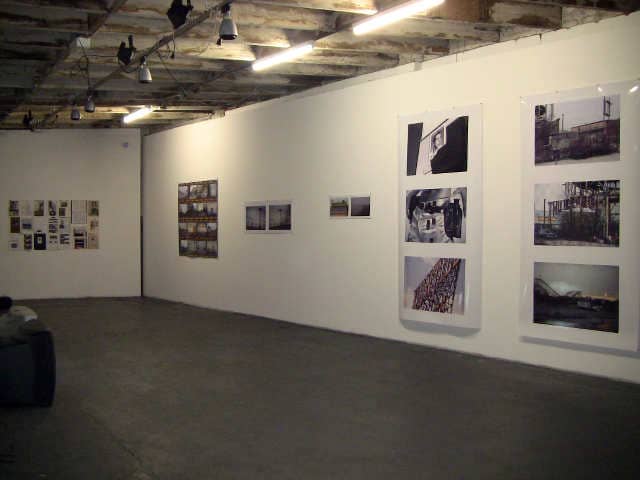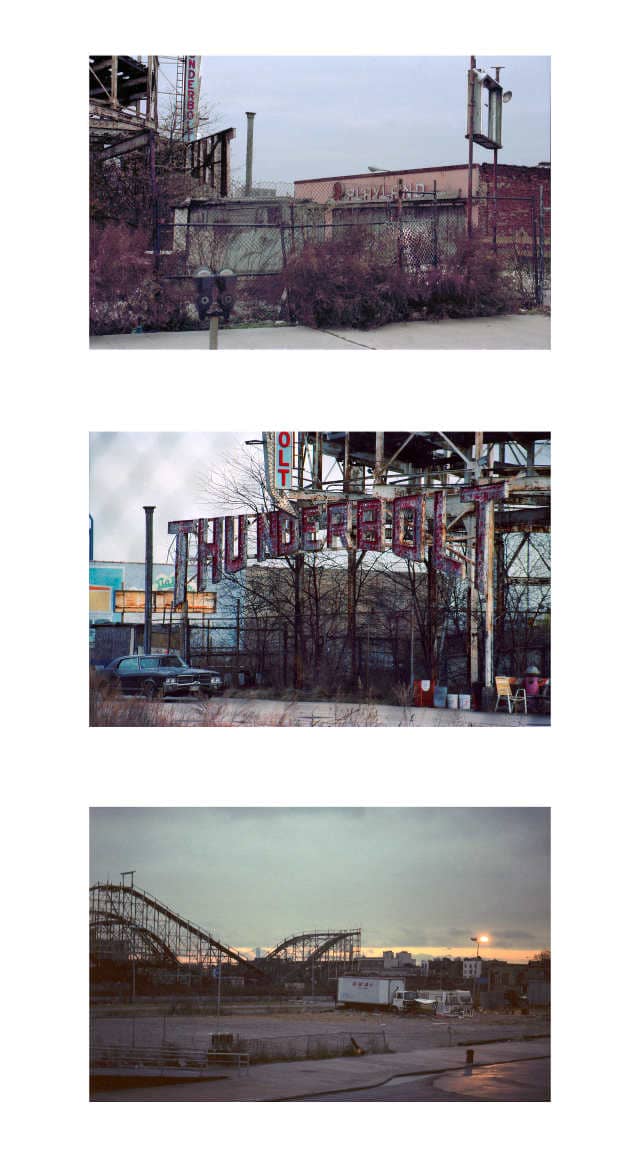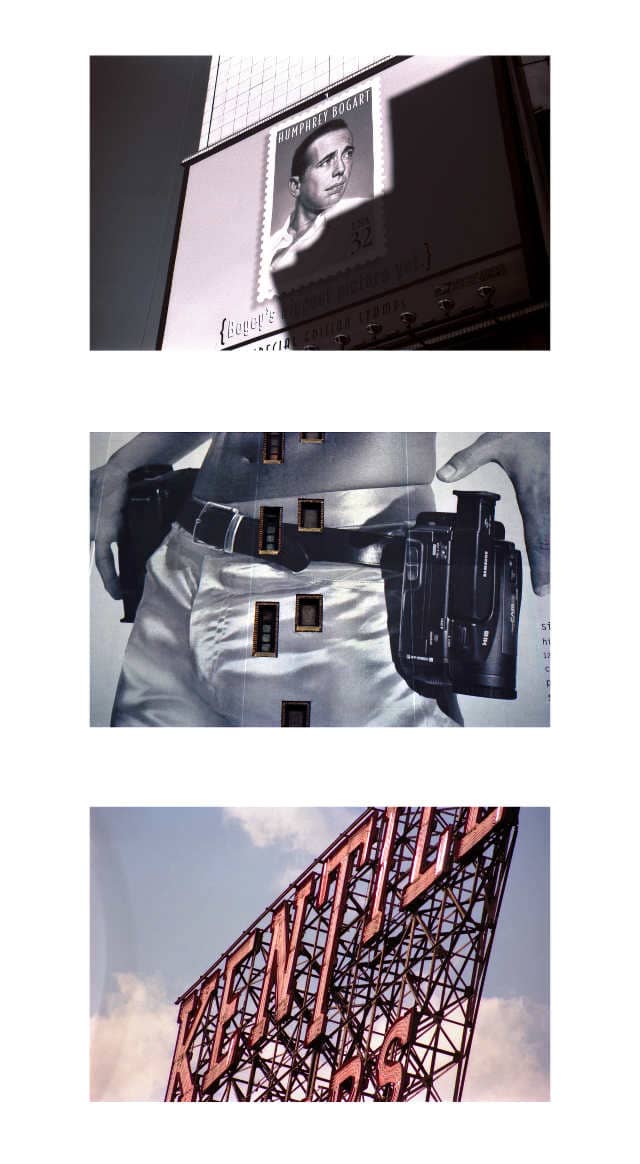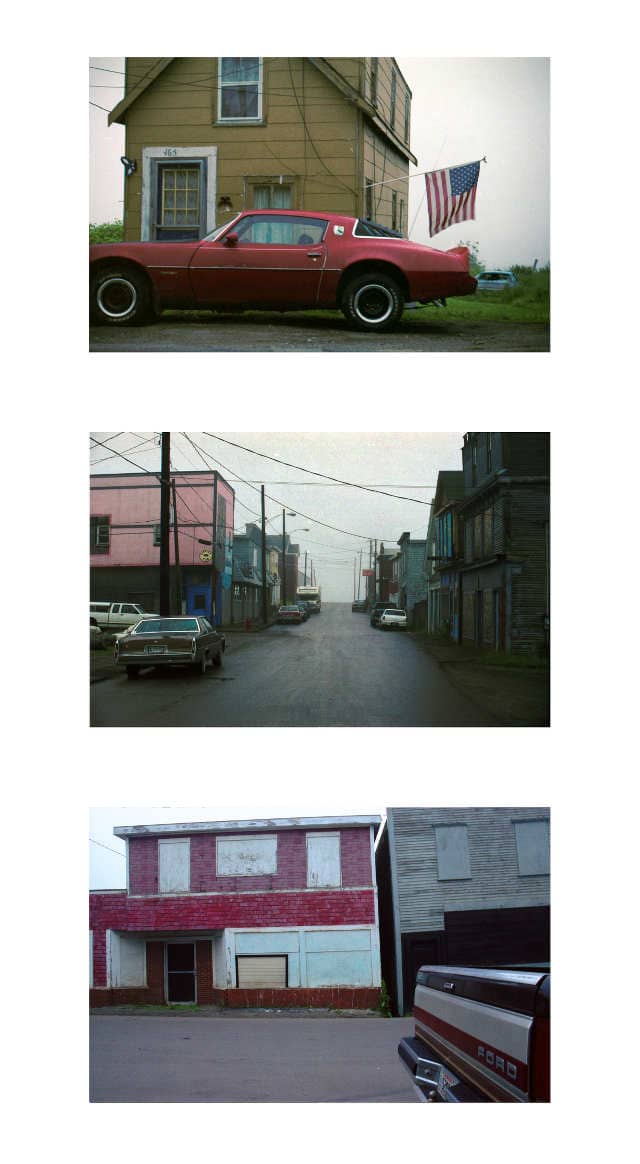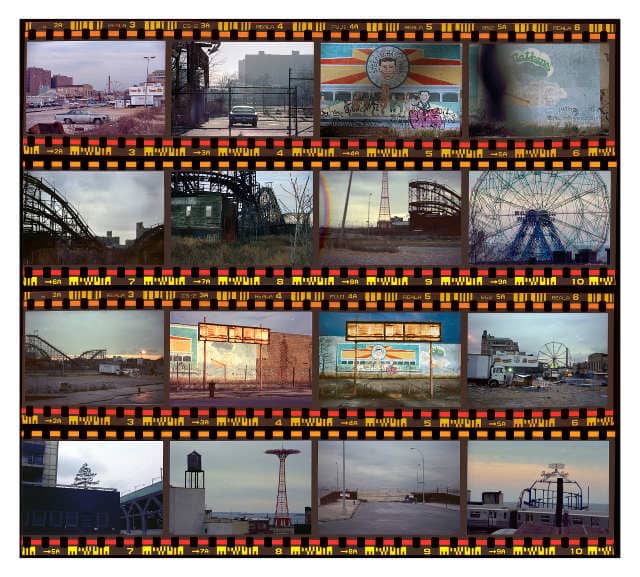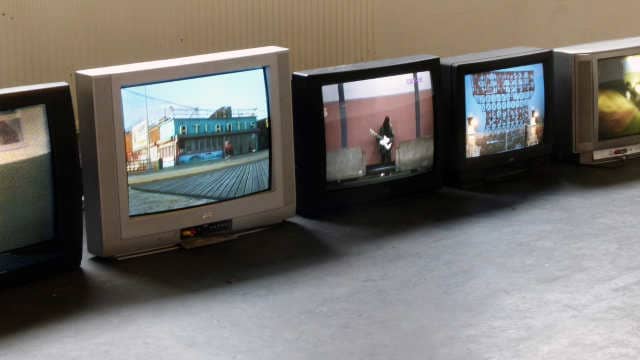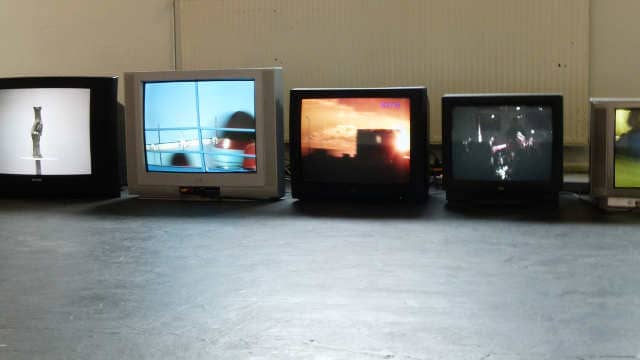odesa material
dilowe - ділове - the centre of europe /text
dilowe - ділове - the centre of europe
The village, first mentioned in writing in 1615, belonged to the Kingdom of Hungary until the Treaty of Trianon in 1920, then to Czechoslovakia until 1939. From March 1939 until the Russian occupation in 1944 it was Hungarian, then briefly Czechoslovakian again and from 1946 Soviet. Since 1991, the village has belonged to the independent Ukraine.
odesa material /data
dilowe - ділове - the centre of europe /video
odesa /video
odesa - fisher /video
c.c.2020-21
c.c.2020-21 - ulrich polster /text
ulrich polster - c.c.2020-21
c.c.2020-21 started with the temporary closure of my gallery and the request to contribute something to their online outsourcing of the program. This impulse strengthened my intention to record this extraordinary time.
c.c.2020-21 /data
c.c.2020-21 /data
c.c.2020-21
Video series (numbers 00-20)
variable length, 4K, stereo
2020-2021
c.c.2020-21 - 20 /video
c.c.2020-21 - 19 /video
c.c.2020-21 - 18 /video
c.c.2020-21 - 17 /video
c.c.2020-21 - 16 /video
c.c.2020-21 - 15 /video
c.c.2020-21 - 14 /video
c.c.2020-21 - 13 /video
c.c.2020-21 - 12 /video
c.c.2020-21 - 11 /video
c.c.2020-21 - 10 /video
notturno
notturno - trailer /video
notturno /data
notturno /data
1-channel video/sound installation
Sound collage: Ulrich Polster
Sound mastering: Boris Vogeler
Narrators: Liis Kolle, Erman Jones
00:31:44 min, HD, stereo
2013-2015
Galerie Jocelyn Wolff, Paris
galeriewolff.com
notturno - christoph tannert /review
ulrich polster - notturno /by christoph tannert
Ulrich Polster, who grew up in the GDR during the era of the Cold War, has traced out his aesthetic influences in his single channel projection Notturno. The artist approaches his video pieces from a painterly angle and finds it very important to convey their visual presence to the full. For this reason he decided to project the work onto a Perspex surface.
For all the ironic signals that are scattered throughout the work, the artist is in fact extremely serious when it comes to the core of socialist modernism.
notturno II
notturno II - trailer /video
notturno II /data
notturno II /data
1-channel video/sound installation
Sound collage: Ulrich Polster
Sound mastering: Boris Vogeler
Narrators: Liis Kolle, Erman Jones
00:23:48 min, HD, stereo
2017
Premiere: 22. 06. 2017, Festa dell’Estate, Villa Massimo, Rome
villamassimo.de
notturno II /views
notturno III material
notturno III material - trailer /video
notturno III material /data
notturno III material /data
2-channel video/sound installation
synchronized, loop
00:04:17 min, HD, stereo
2017
notturno III material /text
notturno III material /text
Notturno III / Material is a 2-channel video installation, perceived during my stay in Italy at Casa Baldi/Olevano. After Notturno I (2013) and Notturno II (2017), the first two parts of an autobiographically tainted trilogy about aesthetic impressions embedded into the horizon of contemporary history, Notturno III / Material will give insight into the invention of images and the backgrounds of my way of operation. It will form the starting point of the closing part of the trilogy.
notturno III material /views
absence
41.8606 N 13.0312 E - excerpt /video
absence - trailer /video
absence /data
absence /data
Absence 1 (sound installation: Boris Vogeler)
Light/sound object
14 fluorescent tubes, mirror, microphones, amplifier, 166x2656cm
2019
41.8606°N, 13.0312°E
Video
00:10:00 min, 4K, 4 channel sound
Sound: Ulrich Polster/Boris Vogeler
2019
Absence 2
2 channel Video/sound installation
Acrylic glass, 2 mirrors, sound
00:01:55 min, H, loop
2019
Absence 2
7 C-prints on Fujicolor paper, 28.5x41cm
2019
Absence
7 collages, C-print on Fujicolor paper
absence - hajo schiff /review
ulrich polster - absence - photography, prototype, image and narcissus /by hajo schiff
Berlin based artist Ulrich Polster shows in his fifth solo show at Galerie Jocelyn Wolff moving and restaged images that mirror his recent Italy experience. As a guest in the hide away of German romantic Olevano Romano and triggered by the death of his mother, classical landscape and art became quiet an ambiguous and fractured observation in which beauty and sorrow meet. In between meditative film projection and interactive photography extensions up to existential image markers in a twin projection image experiences are challenged and enlarged.
In the mirror of the self onto the discovered world, found and his own inner images mix and find their metaphysical suspension in a magically talking light installation.
absence /views
markale
markale|2016 - trailer /video
markale|2016 /data
markale|2016 /data
2-channel video/sound installation
00:26:48 min, HD
2017
03.06.2017-02.07.2017
waschhaus, Kunstraum Potsdam
waschhaus.de
markale|2016 - ulrich polster /text
ulrich polster - markale|2016
The video-collage Markale|2016 is a unification of recordings from the years 1992-95, 2006 and 2016 as well as live broadcastings in Europe during June/July 2016. In its genesis this video work refers to two former works of the artist - MISH (2006) and REPORT (2016). MISH is a travelogue about the Balkans and REPORT a recherche labor about the coverage of the balkan wars and their documentation, starting from the 10-Day war in Slovenia 1991 up to the peace treaty of Dayton in 1995.
report
report - documentation /video
report /data
report /data
7 channel video/sound installation
02:01:02 min, SD synchronized, loop
2015
1.10.2015-16.1.2016
TELE GEN
Kunstmuseum Bonn
kunstmuseum-bonn.de
19.2.2016-16.5.2016
Kunstmuseum Liechtenstein, Vaduz
kunstmuseum.li
Catalog: TELE GEN, Hirmer Publishers 2015
report - dieter daniels /review
ulrich polster - report /by dieter daniels
Seven monitors transmit excerpts from television reports on the Yugoslav wars, the ten-day war in Slovenia in June 1991, and the Srebrenica massacre in July 1995. For his work, Polster recorded relevant repeats of the German news program Die Tagesschau twenty years later, as transmitted by digital station tagesschau24 (still named ARD EinsExtra until 2012). He selected the reports on Yugoslavia from roughly 200 hours of material to present them in a condensed montage on all seven monitors simultaneously.
report /views
mish
mish - trailer /video
mish /data
mish /data
1-channel video/sound installation
Sound: Christine Scherrer
00:35:20 min, HD, stereo
2009
15.9.2015-29.11.2015
DIE ZEIT DRÄNGT
Neue Sächsische Galerie Chemnitz
mish /views
flusz
flusz - trailer /video
flusz /data
flusz /data
4-channel video installation
00:19:57 min, HD-SD, synchronized
2010
Installation views: USB Bank, Frankfurt/M
flusz /concept
flusz /text
“The willow sees the heron’s image… upside down.”
This Haiku of Basho gives the parable of the hypothetical construct of world view and our individual anchoring in it.
On a ride through foreign places, the glance on cultural identity separates into its fragments. The fragments arise from interior, medial, dreamt pictures, fed on yearnings, projections and surfaces. Sequences occurs which allow complex layering: the token picture is the picture of the picture of the picture.
flusz /views
bih
bih - trailer /video
bih /data
bih /data
(Bosnia and Herzegovina, Republika Srpska, 44º5´N, 18º57´O, 04:36 h)
00:01:58 min, HD, loop
2008
KOW Berlin, Antirepresentationalism2: Trouble with realism
www.kow-berlin.info
bih - astrid mania /review
bih /text
The complexity of this exhibition [Trouble with Realism] and its mental correlations might best be condensed in this short video by Ulrich Polster. For a few minutes we see, greetings from Claude Monet, a heystack. Wether we are looking at a freeze frame or a cinematic shot is hard to tell. One thinks to observe how haze scraps are slightly moving, but this might be as well an illusion. This reference to art history is broken up by the title of this work: Bosnia and Herzegovina (Han Pijesak, Republika Srpska, 07.08.2007).
bih /views
wir sind das volk
wir sind das volk - documentation /video
wir sind das volk /data
wir sind das volk /data
4-channel video/sound installation
4 video displays, projected 4-channel audio
00:04:49 min, HD, stereo
2014
Location: Leipzig, Dietrichring (Innenstadtring, close to Mainstation)
Time: 9.10.2014, 18-24 Uhr
Catalog: Lichtfest 2014, LTM GmbH, Leipzig 2014
wir sind das volk - wir sind das volk interview /audio
wir sind das volk - interview /duration 00:05:29
wir sind das volk /concept
wir sind das volk /concept (excerpt)
It is myself I have never met,
whose face is pasted
on the underside of my mind
Sarah Kane, “4.48 Psychosis” 2000
This video/sound installation examines the slogan “We are the people” with regard to its social relevance in 1989 and today, focusing on its inherent meaning in the light of the misuse it experiences from society and the media, on the one hand, and its romantic idealisation on the other. At the same time the piece inquires into the current state of affairs in Europe and discovers the local in the European context, and vice versa.
The fascination of this installation comes from the way it depicts a backward gaze with a melancholy hue, a poetically transformed reality, and the contradictoriness of life in Europe in the year 2014.
wir sind das volk /views
wir sind das volk /text screens
stalker material
stalker material - documentation /video
stalker material /data
stalker material /data
7-channel video/sound installation
Sound: Boris Vogeler / Ulrich Polster
Field recording: Sylke Blumstengel / Ulrich Polster
00:40:00 min, HD synchronized, loop
2015
Catalog: STALKER/MATERIAL, Neue Sächsische Galerie, Chemnitz, 2015
stalker material - making of stalker material /video
stalker material - arvo iho - painted with light /text
painted with light /by arvo iho
“People now nothing of their subconscious desires.”
Where they are now building on the ‘boiler’ was the gate to the Zone in the film ‘Stalker’ by Andrei Tarkovski. In the industrial estate between Old Narva and Leningrad Avenues all the trips using the flatbed railway truck were filmed. At the bridge over the River Pirita the flatbed truck halted, that’s where they got off and headed in a northerly direction. The Zone itself started in the riverbed of the Pirita. There were four tanks standing there that looked as if they’d been destroyed, a few machine guns and a couple of armoured vehicles. On top of one a soldier’s skeleton was placed behind a machine gun. This was the world of the Stalker where none of the soldiers dared to enter any further.
stalker material - claus löser - dormant images /review
dormant images /by claus löser
On 1 May 1981 of all days Andrei Tarkovsky‘s movie Stalker opened in some cinemas in the GDR. The news of this curious, cryptic, philosophical and in every respect unusual work spread like wildfire in the circles of people seeking ways out of the intellectual dilemma of everyday existence under really existing socialism. How was this possible? The fact that it was from the Soviet Union of all places that a film reached us that struck these hidden chords in us? Because the amazing thing was that we immediately felt at home in this apparently hermetically sealed world of the Zone. This was by no means because occasionally in common parlance the GDR was still called the Zone! This banal connection didn‘t even occur to us. Rather it appears as if through this film sentiments were formulated that had long slumbered within us, as if through the Stalker more or less dormant images were being awakened. It is quickly said that a single work of art could be in a position to characterise a whole generation. There it would first have to be clarified how this generation is to be defined. Nevertheless, it appears to me that such a characterisation exists here. There was life before Stalker. And there was a different one afterwards.
stalker material - matthias lindner - captive in time /text
captive in time /by matthias lindner
“The machine-gun-man on the … motorcycle.” The projection opens with words from the contemporary witness Arvo Iho, the only comprehensible speech in the video installation. The former intern on the set bears witness in this way to the starting point of Polster’s video – the former locations of Tarkovsky’s Stalker. In the course of the 40 minutes Polster will modify additional typical Tarkovsky scenes and ambiances/environments: the train trip and the waterfall, the large areas of fog, fire, landscapes full of ruins. For Tarkovsky the aesthetic point of departure was always the idea for a movie, the tale of a character with its insoluble captivity in time. He sought cinematic images which follow a poetic logic because they are based on observation: “In my view poetic reasoning is closer to the laws by which thought develops, and thus to life itself, than is the logic of traditional drama.” (Andrey Tarkovsky, Sculpting in Time, 1984, eng. University of Texas reprint 1986, p. 20)
stalker material - hajo schiff - going behind the images /review
going behind the images /by hajo schiff
JOURNEY
Everything starts with an image – and it will also end with this image. What expands in between to a 39-minute 7-channel video projection is a stream of associations, interpretations and effects derived from it. An extremely subjective world of images carries you off, not unlike its cinematic model, Tarkovsky’s Stalker, after a train journey into a ZONE which can never be exactly comprehended behind the image and between the images. And there everything is not just what it appears to be. Strange explanations, rapid tracking shots and many quite, often idyllic moments carry us off into a world where the resigned weariness of knowing the score, of always having seen everything before is no longer valid, Because perception becomes questionable. What is it that is to be seen there?
frost II
frost II - documentation /video
frost II /data
frost II /data
3-channel video/sound installation
Sound: Thomas Christoph Heyde
Cello: Andrzej Bauer
00:23:20 min, synchronized
2005
Performance: Galerie für zeitgenössische Kunst, Leipzig
frost II /views
frost III
frost III - trailer /video
frost III /data
frost III /data
3-channel video/room installation
Sound: Thomas Christoph Heyde
00:20:50 min, SD, synchronized
2005
Installation views: Liste, Basel
frost III /views
versprengung
versprengung - trailer /video
versprengung /data
versprengung /data
1-channel video/sound installation
00:23:33 min, HD
Video: Ulrich Polster
Composition: Juliana Hodkinson
julianahodkinson.net
Music: KNM Orchester Berlin
www.kammerensemble.de
Singing Berlin: Marc Weiser
Preview: Radialsystem V, Berlin, April 2011
www.radialsystem.de
Singing Aarhus: Jacob Bloch Jespersen
www.jakobbloch.com
Premiere: Spor Festifal 2011, Mai 2011, Aarhus, DK
www.sporfestival.dk
versprengung /concept
versprengung /text We started off our collaboration with a common will structure. We began with a formal vision that was to bring our individual processes together, and give us clarity and security. But our tendency to quote, to recycle our own sounds ans images, and the pursuit of each our own artistic handwriting changed the structure and eventually dissolved it comoletely. At the end of this process there was a pause, a concentration on the Versprengung, the scattering, which allowed us to let something arise that was outside each of our separate worlds.
versprengung /views
versprengung - making of /video
made in usa
made in usa - trailer /video
made in usa /data
made in usa /data
2014
Installation, mixed media
5 VHS players, 5 TV sets, photographies, working sketches
Size: variable
